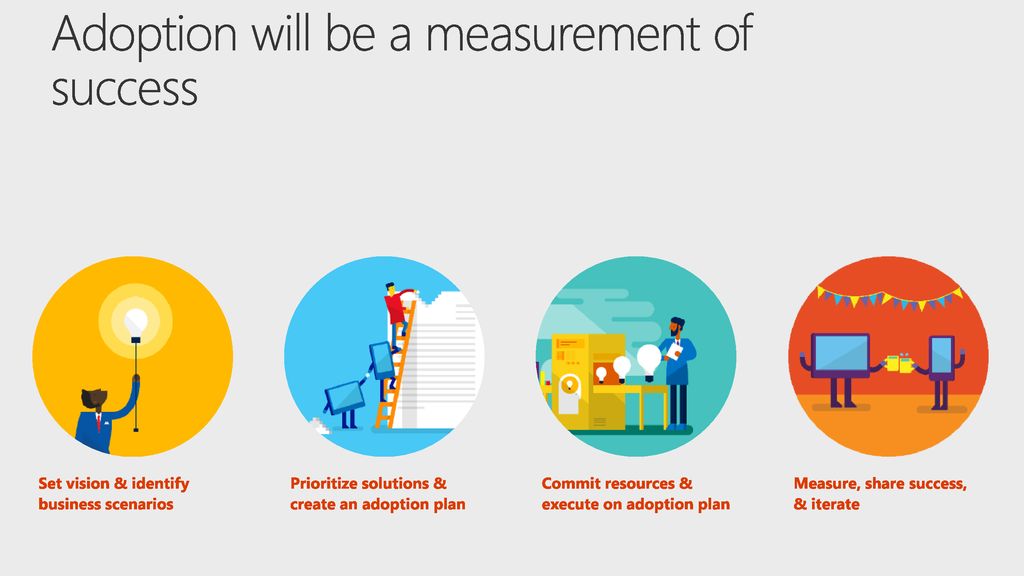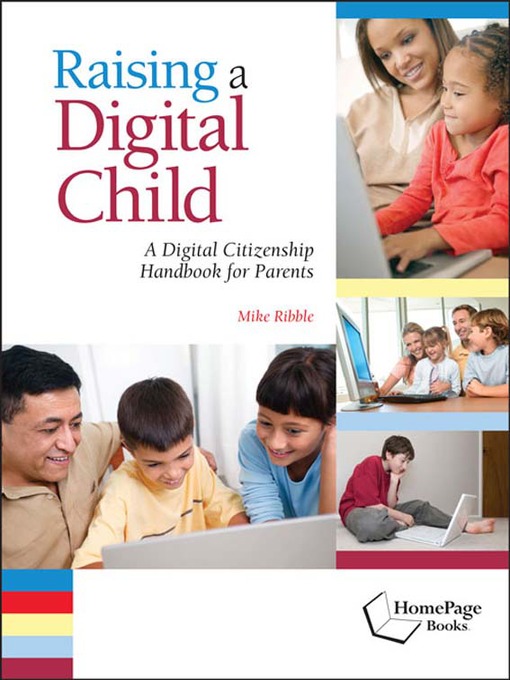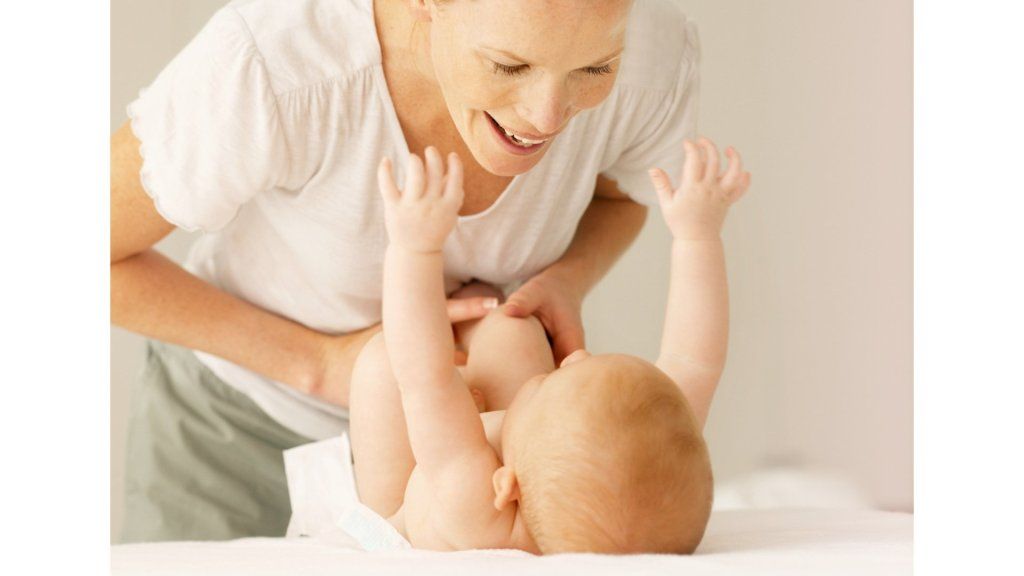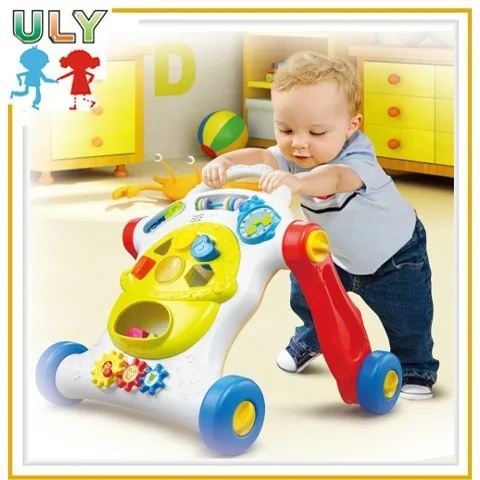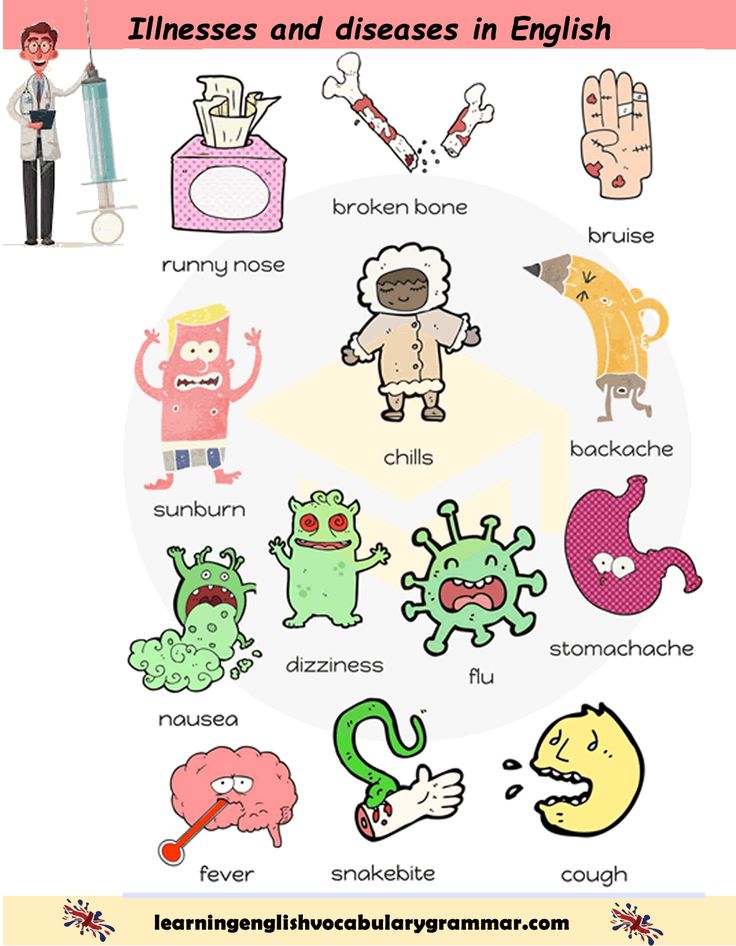How to set a child up for adoption
Putting a Child Up for Adoption Age Limit
Whether your child is a few months or even a couple years old, and you aren’t sure if you can continue parenting, you have options available to you. If you are considering adoption, you might be wondering, “At what age can I put my baby up for adoption?” Technically speaking, you are able to place your child for adoption at any age.
That being said, the adoption process does get more difficult as your child gets older. The longer you parent your child, the more attached to one another you will both become, making the adoption transition difficult to adjust to.
Many adoption agencies aren’t equipped to handle placements of children over the age of 5. Most potential adoptive families are looking to adopt an infant or newborn. While this may be hard to hear, adoption isn’t out of the question, and you have other options available to you as well.
In this comprehensive article, you will learn about your options for placing your child for adoption at any age.
Placing your 1-Month-Old Up for Adoption
Can you put your baby up for adoption at 1 month old?
The answer is always yes. Choosing adoption for your 1-month-old is a brave and selfless decision. Maybe you thought you were prepared to raise your baby but are now realizing that you may not be able to give your baby the best life possible. Adoption is definitely an option that is available to you.
The adoption process for a 1-month-old won’t look too different from a newborn adoption. However, you have spent a month with your baby, and you may find the separation difficult, even if you know that this is the right choice for you and your baby.
While your adoption professional will require more information from you when placing older children for adoption, the process remains relatively the same for children ages 0-4 years of age. The process is as follows:
- Step 1: Find an adoption professional. It’s important to find the adoption professional that can meet all your needs.
 Once you find the professional you feel is right for you, they can answer your questions and help you create your adoption plan for putting your 1-month-old up for adoption.
Once you find the professional you feel is right for you, they can answer your questions and help you create your adoption plan for putting your 1-month-old up for adoption. - Step 2: Choose the adoptive family. Your adoption professional will match you with adoptive families that fit your criteria. You will then be able to review the adoptive family profiles and choose the perfect family for your baby.
- Step 3: The adoptive family will be notified. When you have made your decision, the adoptive parents will be notified. While it is not required, you always have the option of meeting the adoptive family in person.
- Step 4: Discuss post-placement contact. If you have chosen an open adoption for your baby, you can come up with a post-placement contact arrangement with the adoptive family and your child.
- Step 5: Finalize the adoption. At this stage, you will officially consent to the adoption of your child.
 Your adoption professional can answer any questions you have and will make sure all the proper documents are signed.
Your adoption professional can answer any questions you have and will make sure all the proper documents are signed.
Whether you’re considering “giving a baby up” for adoption after it’s a week old, 2 weeks old or 4 weeks old, “giving up” for adoption is never “giving up.” It is a selfless sacrifice made out of deep unconditional love for your child. Get started today by contacting an adoption agency.
Placing Your 2-Month-Old for Adoption
By this point, you may have begun to bond with your baby. Your child will begin to develop an attachment with you and you to them at this age. This might make choosing adoption more difficult. We understand that you want what’s best for your baby, and you feel that adoption is the best adoption.
You will need to factor the birth father’s parenting rights into your decision. After you have had your baby for 2 months, friends and family may judge you for your decision. It’s important to remember that this is your decision to make, not theirs.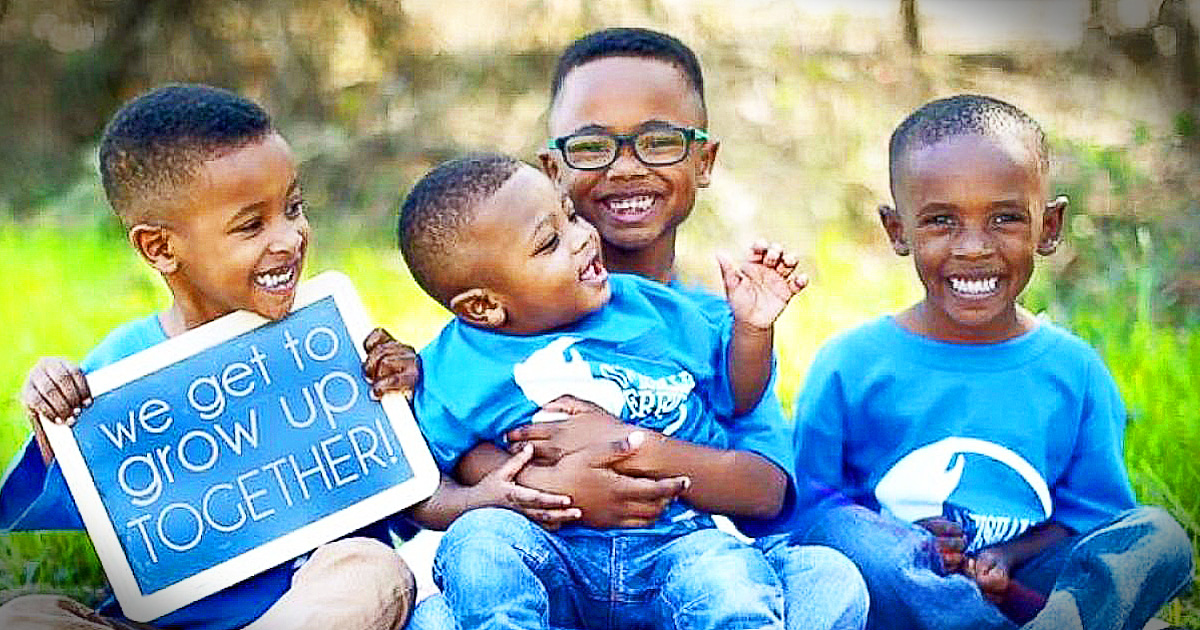
If you know that adoption is right for you and are wondering, “How do I put my 2-month-old up for adoption?” an adoption professional can help you get started today. This professional will always respect and admire you for making this brave decision, and they can walk you through how to put a 2-month-old baby up for adoption.
How to Put My 3-Month-Old for Adoption
If you have been parenting your baby up to this point, you may be wondering, “Can you give your baby up for adoption at 3 months old?”
Not only is the answer yes, but adoption can be the perfect way to provide your baby with an amazing life. This is a brave an selfless decision, but it is also a challenging one. Your baby is developing their sense of attachment. At 3 months old, your baby may have come to recognize you as their primary caregiver. This can make choosing adoption more emotionally difficult. These conflicting emotions are valid. Even though you know it’s what is best for you and your baby, it doesn’t mean you can’t experience feelings of grief and loss.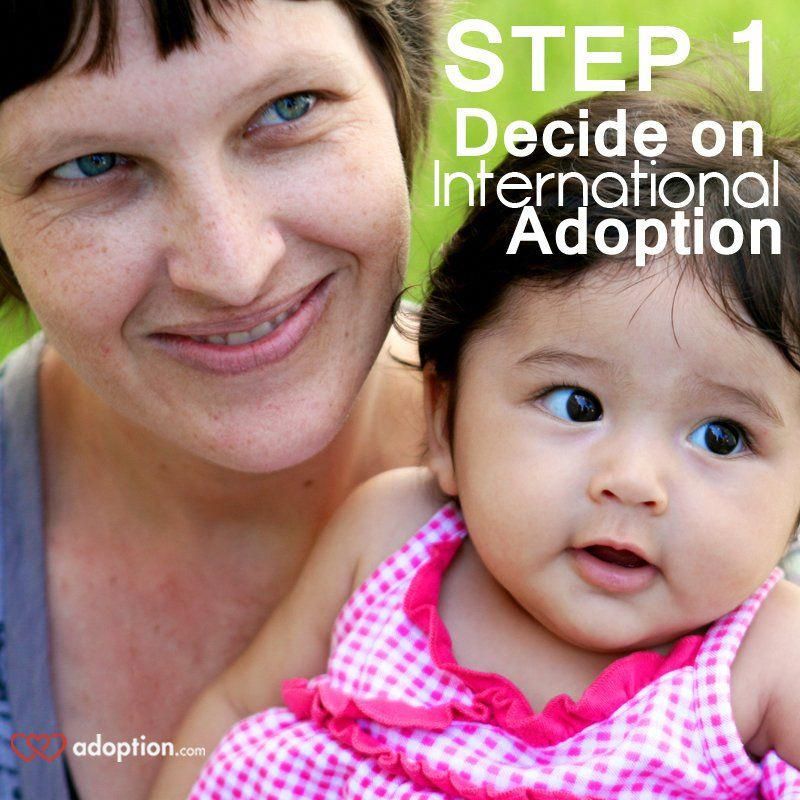
If the birth father has settled into a parenting role, you will need to be aware of his rights in adoption. You may face backlash from friends and family who don’t agree with your decision. Remember, this is your decision to make, nobody else’s. Reach out to an adoption professional that can help you navigate the adoption process and cope with the overwhelming emotions you may experience.
How to Place My 4-Month-Old for Adoption
At , you might be overwhelmed by the thought of placing your baby for adoption. You have had time to bond with your child, and the adoption transition can be difficult. If you know that this is the best choice for you and your baby, adoption is still an option for you. Reach out to an adoption professional that can help you cope with the difficult emotions of the adoption process and help you create an adoption plan.
Placing My 5-Month-Old for Adoption
At 5 months old, your baby is still an infant but adoption at this point will be different than newborn adoption. Your baby has begun to recognize your voice and differentiate you from other caregivers. Your baby is forming a stronger attachment to you, which could make choosing adoption more difficult.
Your baby has begun to recognize your voice and differentiate you from other caregivers. Your baby is forming a stronger attachment to you, which could make choosing adoption more difficult.
The attachment you have formed might make you wonder “What if I regret my decision?” Speaking with an adoption professional can help you navigate these concerns so that you can make the choice that is best of you and your baby. They can also walk you through how to put a 5-month-old up for adoption, if and when you are ready to move forward.
Putting a 5-month-old up for adoption may be one of the most emotionally challenging things you ever do, but it can also be one of the most rewarding. This is a brave, loving and selfless choice that can provide your baby with an amazing future.
How Do I Place My 6-Month-Old for Adoption?
After parenting your baby for 6 months, you might be wondering if it’s too late to choose adoption. Adoption is still very much an option for you, and there are many adoptive families for a baby at 6 months old.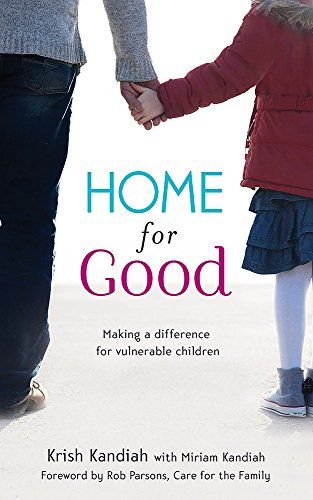 Friends and family may try to talk you out of “giving up” your baby for adoption at 6 months. You know what’s best for you and your baby, and you are the only one who can make this choice.
Friends and family may try to talk you out of “giving up” your baby for adoption at 6 months. You know what’s best for you and your baby, and you are the only one who can make this choice.
At 6 months, your baby has likely developed a strong attachment to you at this point. He or she may feel anxious in your absence. This attachment will not make choosing adoption any easier. You might be worried that your child will resent you for your decision, but this is very unlikely. With today’s adoptions, you have the opportunity to stay connected with your child after placement. Your child will know that you made a selfless decision out of love by placing them for adoption.
If you are wondering, “Should I give my baby up for adoption at 6 months?” remember that you are the only one who can make this decision. If you want to talk with a trained adoption counselor about what this process could look like for you, contact an adoption agency today.
Putting My 7-Month-Old Up for Adoption
If you are asking, “Can I still give my baby up for adoption at 7 months?” know that the answer is yes.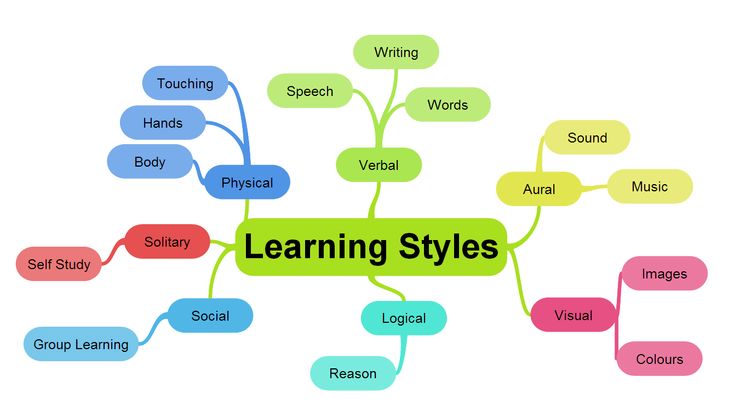 It is never too late to “give a baby up” for adoption, even after 7 months.
It is never too late to “give a baby up” for adoption, even after 7 months.
While placing your child for adoption is a selfless decision, it is not without its challenges. Your baby has made leaps and bounds in their development at 7 months. They are becoming more aware of the world around them and notice when you are not nearby. This attachment can make considering adoption even harder.
You may experience opposition from friends and family who may try to tell you that you are taking the “easy way out.” This couldn’t be further from the truth. Adoption is a difficult and selfless choice that comes from a place of love. You will need to provide your adoption professional with additional information for the adoption process, such as: a copy of your child’s birth certificate, medical records, documentation of where the child has lived, record of who has provided financial support for the child, and any record of child support provided by any father.
If you are ready to start the adoption process for your 7-month-old, you can get free information now by contacting an adoption agency here.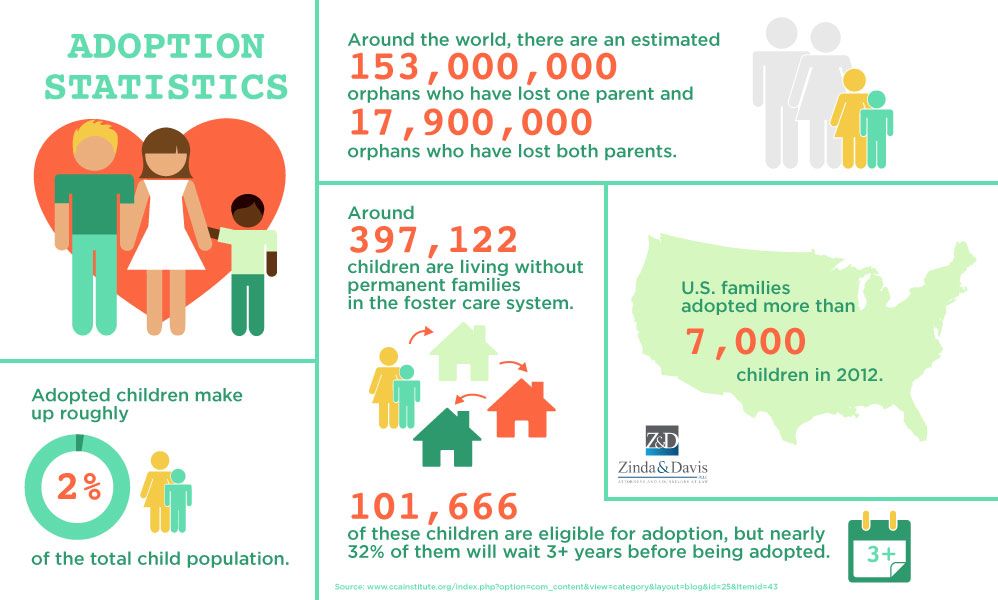
How to “Give My 8-Month-Old Up” for Adoption
“Giving up” a baby for adoption at 8 months is absolutely an option for you.
While adoption is never an easy decision, you may find it more difficult to place your 8-month-old for adoption. You have likely formed an attachment with your baby. They have developed object permanence, and may become fussy when you’re not close by.
The birth father will also have rights in the adoption. If he has been involved in raising your child, you will need to be aware of those rights. You will want to talk to him about your decision and discuss what the adoption plan will look like. You will also have to discuss your adoption plan with relatives and friends who may not agree with your choice.
Despite some of these potential challenges, placing your 8-month-old for adoption can be one of the most rewarding and worthwhile things you ever do. If you want to get more information about this brave and selfless choice, contact an adoption agency today.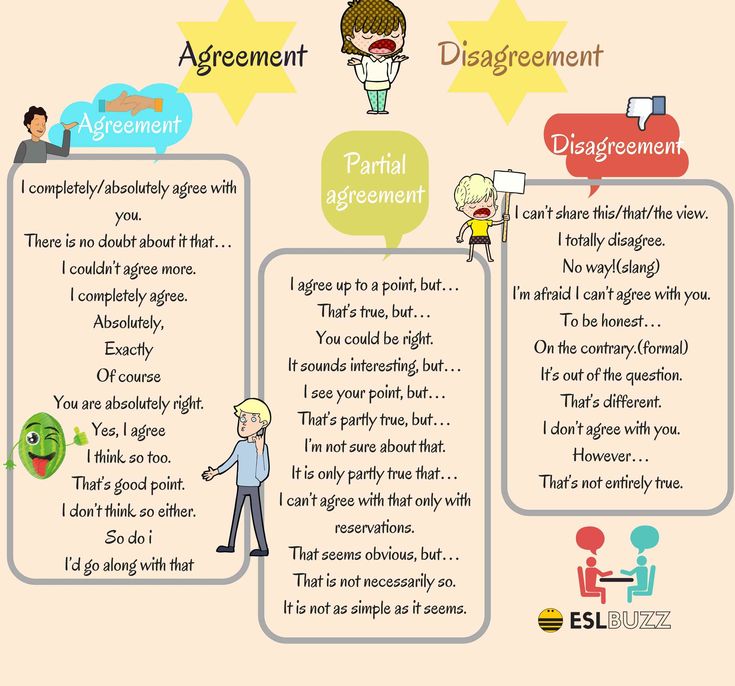
Placing My 9-Month-Old for Adoption
Placing your 9-month-old for adoption is a valid choice. While it is a similar process to infant adoption, it is often more difficult due to your baby having developed an attachment to you and you to them.
You might be worried that your child will hate you for “giving them up.” This couldn’t be further from the truth. You are never “giving up” by choosing adoption, and with today’s adoptions, you have the option of staying in contact with your child after they have been placed with their adoptive family. Over time your child with grow understand that you chose adoption out of love.
If you would like to learn more about placing your baby for adoption at 9 months, contact an adoption agency today to get free information.
Placing My 10-Month-Old for Adoption
Placing a 10-month-old for adoption is an option for you. Reasons you might be considering adoption for your 10-month-old could be due to financial struggle, not having the support you need to raise your baby or not being able to pursue your dreams and raise a child at the same time.
Since your baby has established you as their primary caregiver, placing them for adoption can be very difficult for you. We understand that you are making this decision to give your baby the best life possible. If you choose to have an open adoption, you will still be able to be a part of your child’s life and watch them thrive.
To learn more about adoption for 10-month-olds or to start the process today, get more free information here.
How Do I Put My 11-Month-Old Up for Adoption?
Adoption is always a brave and selfless decision. However, the longer you raise your child before placing them for adoption, the harder it may be emotionally. You will have bonded with your child significantly by the time they are 11 months old, and separating from them can be overwhelming.
Adoption for an 11-month-old is also more complicated in terms of the information you will need to provide. You will be asked to provide your child’s birth certificate, medical records, the father’s name on the birth certificate, any child support provided by any father, and documentation of everywhere your child has lived, etc.
None of this is meant to scare you from pursuing adoption for your 11-month-old. If you are sure that adoption is right for you and your baby, it will be worth overcoming all of these challenges to provide your child with an amazing life. To learn more, get free information here.
Placing my 1-Year-Old for Adoption
If after a year, you are sure that you will not be able to continue parenting, you might be wondering if it’s too late to choose adoption. You could be asking, “Is it possible to give your kid up for adoption after a year old?” The short answer to this question is, yes. “Giving” a one-year-old child up for adoption can be one of the most rewarding and worthwhile things you ever do, because it can provide you and your child both with a brighter future. But the process of putting a 1-year-old up for adoption is not without its unique challenges.
By this point, you will likely have formed an in-depth attachment with your baby. This can make placing them for adoption more difficult when the time comes.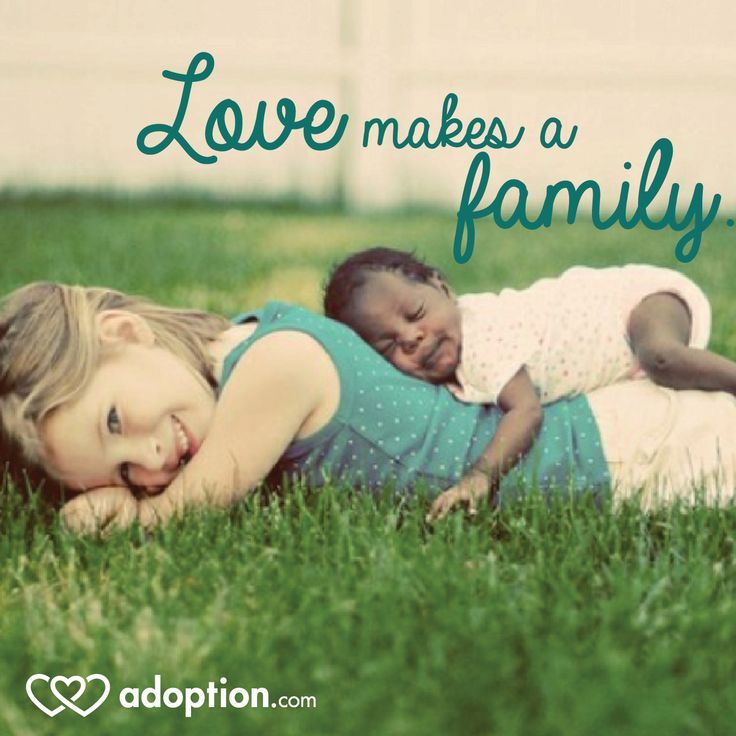 You will also have to consider your child’s health, behavior and the father of the child and how all of these factors may affect the adoption process. You will also be required to provide your adoption professional with the child’s birth certificate, health records, proof of financial aid provided by any father, and documentation of everywhere the baby has lived.
You will also have to consider your child’s health, behavior and the father of the child and how all of these factors may affect the adoption process. You will also be required to provide your adoption professional with the child’s birth certificate, health records, proof of financial aid provided by any father, and documentation of everywhere the baby has lived.
That being said, you can place your child for adoption as a one-year-old, and the right adoption professional will help you through every step. To learn more today, get free adoption information here.
Placing my 2-Year Old for Adoption
Can you give your baby up for adoption at 2 years old?
How do you give a child up for adoption after 2 years?
I want to put my 2-year-old up for adoption. Where do I start?
These are common questions for many prospective birth mothers. First, know that the answer is yes, putting a 2-year-old up for adoption is possible, and there are many adoption agencies for 2-year-olds that can help you through the process.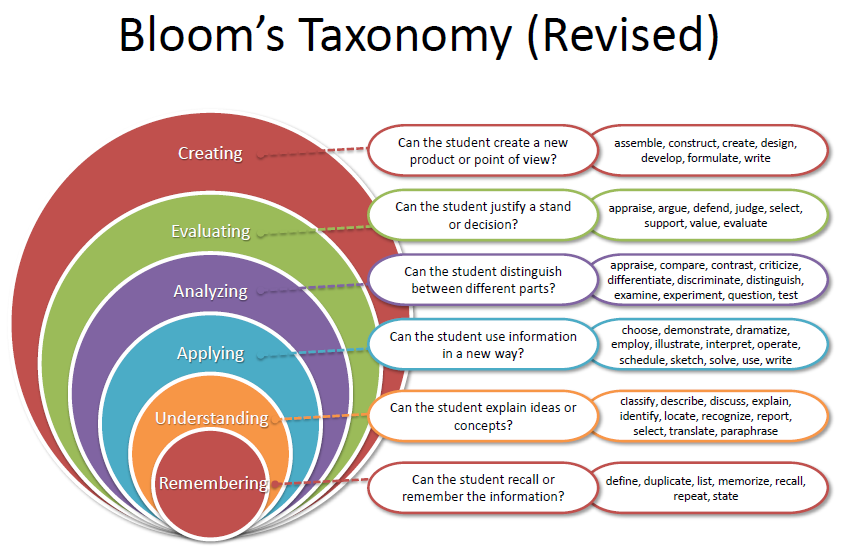 There are many families looking to adopt a two-year-old, and this process can provide your child with an amazing life full of love and opportunity.
There are many families looking to adopt a two-year-old, and this process can provide your child with an amazing life full of love and opportunity.
However, if you are considering placing your 2-year old for adoption, it’s important that you are aware of the difficulties that come with this decision. You have bonded with your child for two years, which can make the separation much more difficult than if your child were a newborn. You might consider talking to an adoption counselor who can help you cope with these emotions.
You will have to consider factors such as your child’s health and behavior development, as well as how the father of the baby feels about your decision to choose adoption. While there are many loving families who would love to adopt a 2 year old, there may be fewer of these than of those looking to adopt a newborn. This means there could be a longer waiting period when finding the right family.
With these challenges in mind, putting a 2-year-old up for adoption can be an amazing choice for you and your child in the long run.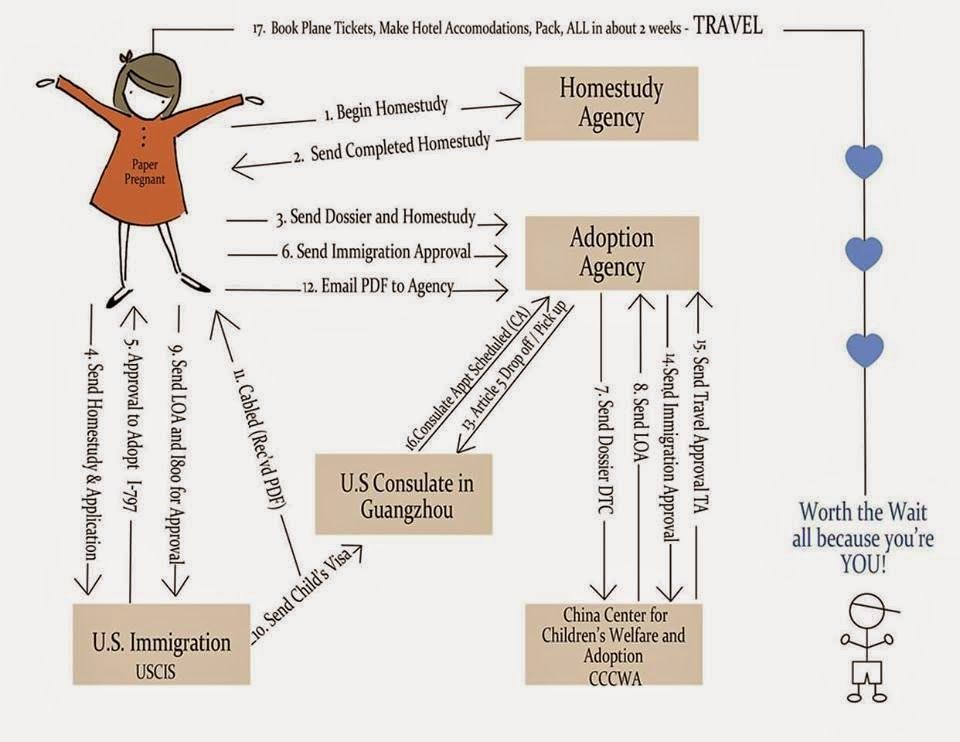 To learn more about how to put a 2-year-old up for adoption, get free information here.
To learn more about how to put a 2-year-old up for adoption, get free information here.
Placing my 3-Year-Old for Adoption
After 3 years of raising your child, you have had enough time to develop at attachment to your child, and they have likely become dependent on you. Their development has advanced in many areas. They can walk and maybe even speak in full sentences. After all of the time you have spent bonding with your child, adoption can be incredibly difficult.
While it’s less common, you can place your 3-year-old child for adoption. Most domestic agencies handle the placement of infants with some agencies will handling the placement of children up to age 4. If you’re wondering “How can I place my 3 year old for adoption?” consider reaching out to an adoption professional to get more information about your options and the many benefits of adoption such as 24/7 counseling, financial assistance, being able to choose the adoptive family, and more.
Putting my 4-Year-Old Up for Adoption
If you are considering adoption for your 4-year-old, this is a decision that comes from a place of love.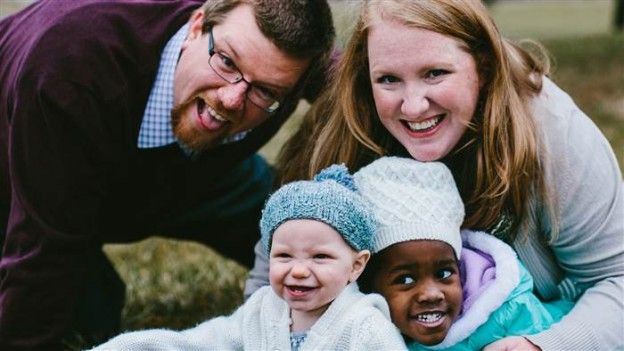 Even if you feel like you are not ready to parent, the adoption transition can be incredibly difficult. Your child has developed an attachment to you and you to them than can make adoption hard to cope with.
Even if you feel like you are not ready to parent, the adoption transition can be incredibly difficult. Your child has developed an attachment to you and you to them than can make adoption hard to cope with.
While you may experience difficulties with the adoption transition and the logistics of placing a 4-year-old for adoption, adoption is still a beautiful choice to give your child the life they deserve. There are many families looking to adopt a 4 year old to give them a loving and supportive home. If you’re asking yourself “How do I put my 4 year old up for adoption,” contact an adoption professional to get more information on the process and the services available to you when you work with an adoption agency.
Putting a Child Up for Adoption at Age 5
At age 5, your child is likely at the maximum age that most adoption agencies are equipped to handle the placement of. So, if you are asking, “Can you put a baby up for adoption at the age of 5?” the realistic answer is that your options for doing so may be more limited.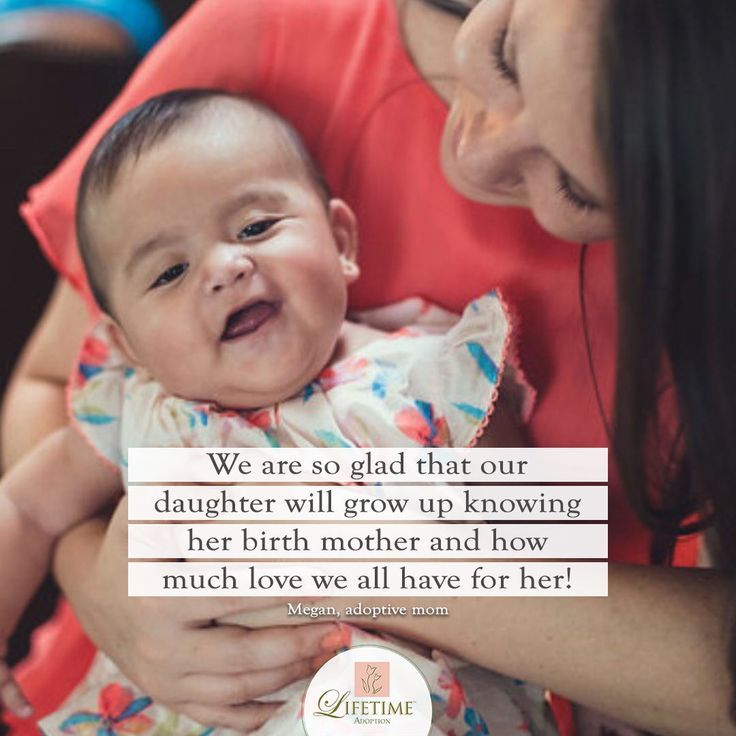 While fewer families are looking to adopt a 5-year-old, adoption may still be an option, so it is always worth reaching out to different adoption agencies to learn more about this possibility.
While fewer families are looking to adopt a 5-year-old, adoption may still be an option, so it is always worth reaching out to different adoption agencies to learn more about this possibility.
The adoption transition will be more difficult than an infant adoption. Both of you have had time to become attached to one another. Your child has had time to develop their own patterns and behavior, and transitioning to a new family could disrupt these patterns. There may also be additional steps to putting a child up for adoption at age 5, because you will need to provide additional information and documentation for your child regarding his or her health history, documentation of financial support provided by any father, and more.
You are not a bad parent for considering adoption for your 5-year-old. You are actually the best parent for having the awareness to acknowledge that you may not be able to give your child the life they deserve. Adoption is always a selfless choice that comes from a place of love, and your child will grow to understand this.
Finding an Adoptive Family for a 6-Year-Old
While finding an adoptive family for a 6-year-old is difficult, you may still have options available to you. Most private adoption agencies are not equipped to handle the placement of an older child. The best option for you could be to reach out to a social service professional that can put you in touch with resources such as financial assistance or Medicaid, which can improve your situation to make parenting easier. Alternatively, if you know someone willing to adopt your 6-year-old, you could arrange a private adoption or temporary guardianship with them through a local adoption attorney.
“Giving a 7-Year-Old Up” for Adoption
Adoption is a brave and selfless choice that comes from a place of love. Most adoption agencies will not be able to provide you with the services you need to “give your 7-year-old up” for adoption. However, you may still be able to work with a local adoption attorney to arrange a kinship adoption or a temporary guardianship with a family member or friend. If this option appeals to you, reach out to an adoption attorney near you to learn how to put a 7-year-old up for adoption with a relative.
If this option appeals to you, reach out to an adoption attorney near you to learn how to put a 7-year-old up for adoption with a relative.
At this age your child has their own understanding of the world around them and their own behavior needs. You should acknowledge these needs with care with any potential adoption.
Putting an 8-Year-Old Up for Adoption
At 8 years old, your child has their own set of needs and their own unique personality. Putting a child up for adoption at age 8 can be challenging and finding a family looking to adopt an 8 year old might be difficult, though not impossible. Even so, your child has likely made friends and developed a routine. The adoption transition can be incredibly hard on your child, as the process could disrupt the patterns they have established. Consider reaching out to a social service professional so that they can discuss options with you that may improve your circumstances and allow you to continue parenting.
Adoption for My 9-Year-Old
While placing your 9-year-old for adoption is an option, transitioning to a new family as this age can be incredibly difficult for a child.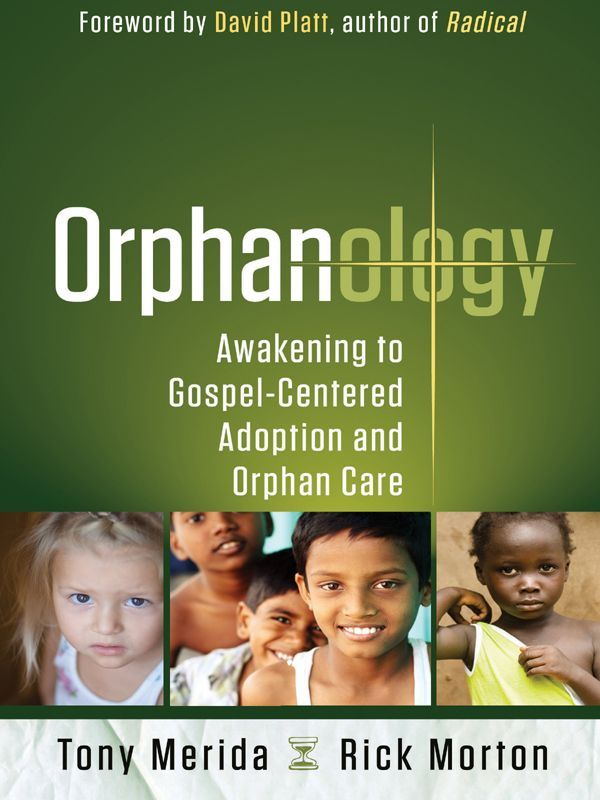 They are beginning to develop their own sense of the world around them, and the adoption process can disrupt the routine they have established. If you’re wondering “Can I ‘give my 9 year old up’ for adoption?” the answer is yes. Keep in mind, though you are making this decision out of love, the attachment you have developed to your child can make considering adoption an emotionally painful decision.
They are beginning to develop their own sense of the world around them, and the adoption process can disrupt the routine they have established. If you’re wondering “Can I ‘give my 9 year old up’ for adoption?” the answer is yes. Keep in mind, though you are making this decision out of love, the attachment you have developed to your child can make considering adoption an emotionally painful decision.
If you don’t want to lose your child but don’t feel that you can raise them on your own, you have options available to you. You could see if you have a family member or close friend who would be willing to help care for your child while you work to improve your circumstances. If this isn’t a realistic option for you, reach out to a social service professional that can help you find local resources that may allow you to continue parenting or talk to an adoption professional to discuss the possibility of finding adoptive parents for your 9 year old.
Placing My 10-Year-Old for Adoption
If you have landed on this article, you may be asking, “Can I put my 10-year-old up for adoption?”
You are not alone in having this question.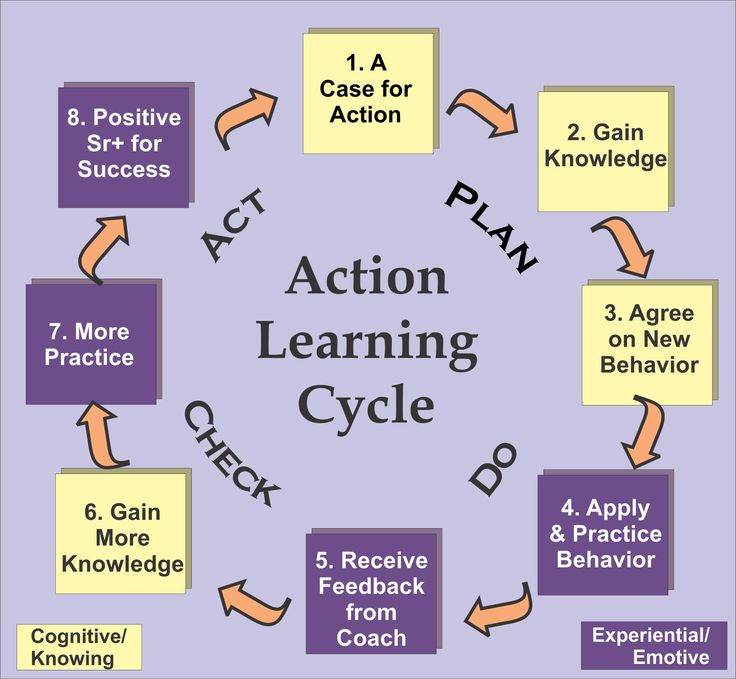 Parenting is difficult, and you may be at a point where you feel that your child should be placed with another family. However, the answer to this question for a child of this age can be a bit complicated.
Parenting is difficult, and you may be at a point where you feel that your child should be placed with another family. However, the answer to this question for a child of this age can be a bit complicated.
While adoption is a brave and selfless choice, most adoption agencies are not equipped to handle the placement of older children, since most hopeful adoptive families are hoping to adopt a newborn or infant. If you aren’t sure if you can continue raising your 10-year-old, reach out to a social service professional who can direct you to resources that may be able to allow you to continue you parenting, or contact a local family law attorney to discuss your options.
How to Put Your 11-Year-Old Up for Adoption
Your child is reaching an emotionally sensitive age in terms of their development. Choosing adoption for your child at this age could make things incredibly difficult for both of you. Aside from the emotional complications of the adoption transition, finding people who want to adopt an 11 year old may also be difficult. If you are considering adoption for your 11-year-old or wondering how to put your 11 year old up for adoption because your circumstances are working against you, reach out to a social service professional that can put you in touch with local resources that may be able to improve your situation.
If you are considering adoption for your 11-year-old or wondering how to put your 11 year old up for adoption because your circumstances are working against you, reach out to a social service professional that can put you in touch with local resources that may be able to improve your situation.
Finding an Adoptive Family for a 12-Year-Old
Adoption can be difficult choice to make for your 12-year-old. While there are families that looking to adopt an 12 year old, most hopeful adoptive parents are looking to adopt an infant or newborn. If you are certain that you cannot continue parenting or aren’t sure if you want to put up your 12 year old for adoption, you have alternatives available to you. You can reach out to social services that can equip you with resources that could improve your situation and allow you to continue parenting.
Can I Put My Teenager Up for Adoption?
While you can place your child for adoption as long as they are under the age of 18, the process can be incredibly difficult.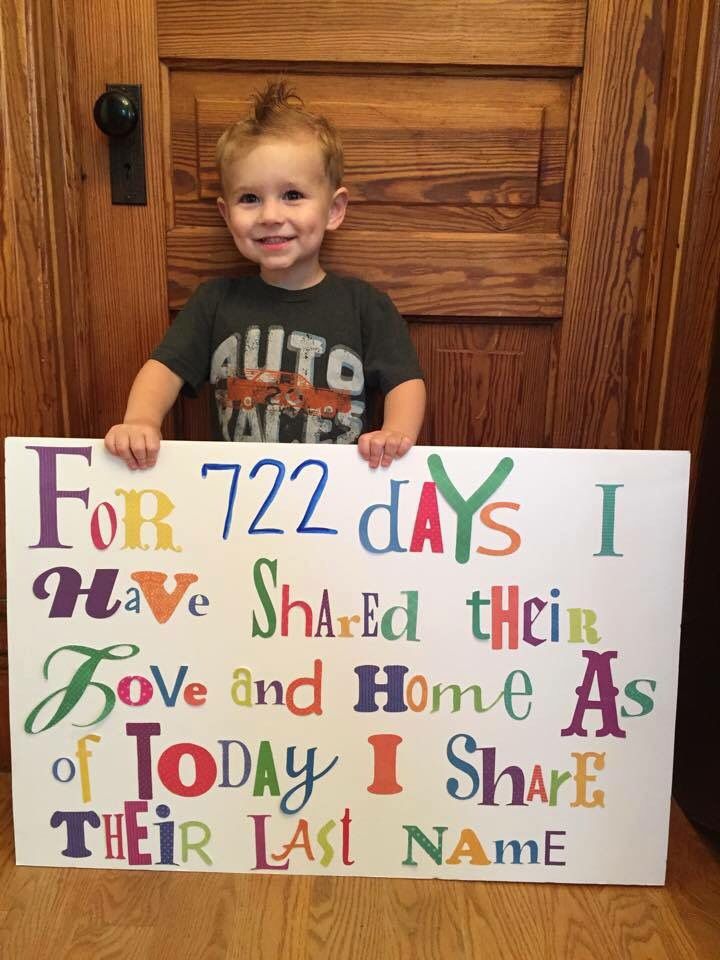 Teenage adoption isn’t nearly as common as infant adoption, and is rarely, if ever, carried out by private adoption agencies. While you are valid in feeling overwhelmed by the difficulties of raising a child, adoption might not always be the best decision.
Teenage adoption isn’t nearly as common as infant adoption, and is rarely, if ever, carried out by private adoption agencies. While you are valid in feeling overwhelmed by the difficulties of raising a child, adoption might not always be the best decision.
Not only is it harder to find an adoptive family for a teenager, but your child’s development has progressed significantly. Their behavior and health may factor into the challenges of the adoption process. Transitioning into a new family as a teenager can be emotionally difficult, as it may disrupt the life they have established.
Finding an Adoptive Family for My Teenager
While there are absolutely people that want to adopt a 13-year-old or older teenager, most of these families will work with their state foster care system to locate potential adoption opportunities. This makes it difficult to find families looking to adopt 16-year-olds, 15-year-olds, and other teenagers. Unlike for newborn and infant adoptions, there are not private agencies with lists of waiting couples who want to adopt a teenager, and you should be extremely cautious before searching for an adoptive family looking to adopt a teenager online; not only can this be incredibly dangerous, but it may also be illegal.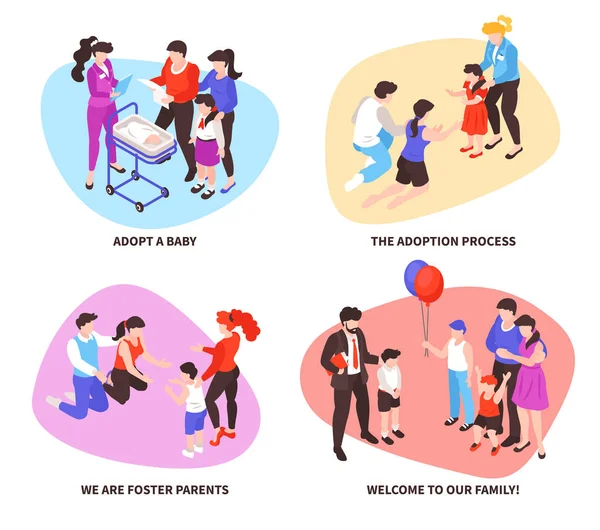
Since domestic adoption for a teenager may not always be the best decision, you do have other options available to you. You could consider a kinship adoption. In this case, you will be able to place your teenager with a relative or close friend whom you trust, providing they agree with the adoption plan.
With this type of adoption, you should always work with an adoption attorney. You should not try to complete a kinship adoption on your own. Working with an attorney can ensure that the proper steps are being followed and that the placement is legitimate. Contact a local adoption attorney today to learn how to “give a teenager up” for adoption to a friend or family member.
Alternatives to Adoption for Older Children
Even though adoption at any age is always a brave and selfless choice, it may not always be the best choice as your child gets older. The emotional difficulty that can accompany the adoption transition as your child gets older can be too much to handle.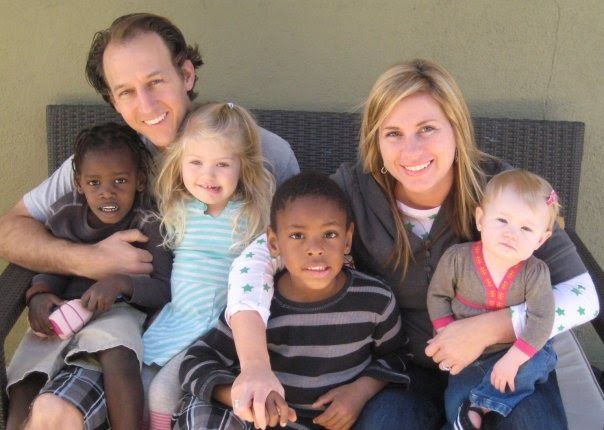 Not only this, but adoptions for older children are more complicated logistically. It’s often harder to find an adoption agency that will perform placements for older children due to adoptive families typically looking to adopt newborns or infants.
Not only this, but adoptions for older children are more complicated logistically. It’s often harder to find an adoption agency that will perform placements for older children due to adoptive families typically looking to adopt newborns or infants.
Fortunately, there are other options available to you.
- Contact social services. There are many state-run programs that can provide you with local resources and services, such as affordable housing, Medicaid, and financial assistance. A little help in the right areas can help make parenting possible.
- Kinship adoption. If you are certain you want to pursue adoption, kinship adoption could be a possibility. With this type of adoption, your child can be placed with a relative or close friend that who agrees with the terms of the adoption plan.
- Temporary legal guardianship. If you are not able to raise your child in the way they deserve, temporary legal guardianship may be realistic for you.
 This arrangement would allow you to legally place your child in the care of a guardian who would raise your child for a set amount of time. You will be able work on stabilizing your life and resume custody after the agreed upon amount of time has passed.
This arrangement would allow you to legally place your child in the care of a guardian who would raise your child for a set amount of time. You will be able work on stabilizing your life and resume custody after the agreed upon amount of time has passed. - Reach out. If you are feeling overwhelmed by parenting responsibilities, maybe you just need a little help. Reach out to friends and family members who might be willing to watch your child for a day or two, while you take some time to rest and clear your mind.
Resources for Parenting:
- Social Services
- Women, Infants, and Children
- Special Needs Assistance
- Medicaid
- Head Start
Closing Thoughts
While placing your child for adoption at any age is possible, it’s not always easy. We understand that you just want what’s best for your child. There are options available to you that can help you give your child the life they deserve, full of love and support.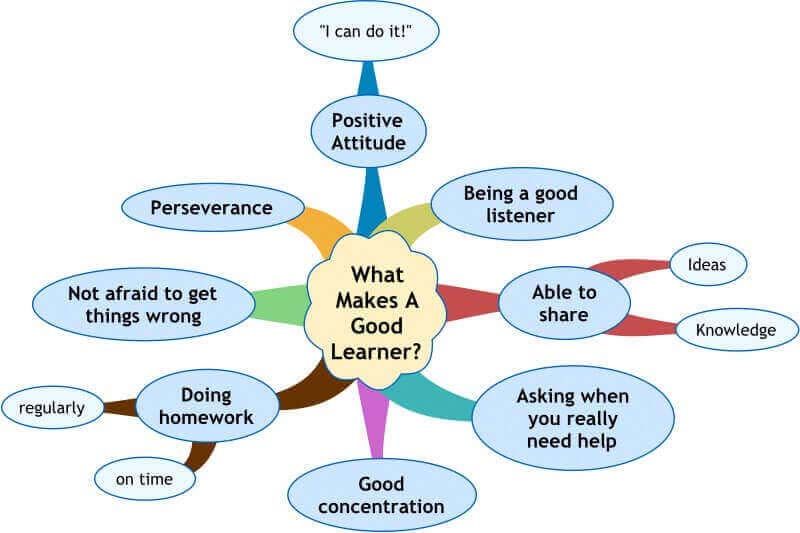
If you are considering placing an infant, toddler or preschooler for adoption, a private adoption agency can help. Reach out today to get the free information and support you need to take your next steps.
Ready to get started? Contact an adoption agency now to get free information.
American Adoptions - How to Put a Baby Up for Adoption [6 Steps]
Putting your baby up for adoption can give them a loving family, a safe home and a bright future. You can start your adoption process today when you call 1-800-ADOPTION. We are here to help.
Choosing adoption for your child is a decision based on love and the desire to give him or her the best possible life. It’s heroic.
-
Your adoption plan is created with the goal of addressing your adoption needs, the type of family you want for your child and ensuring your adoption experience is safe and smooth.
-
Our experienced adoption specialists will explain how to put a baby up for adoption through our agency and guide you through every step of the process.

Whether you're experiencing an unplanned pregnancy or home with your baby and considering adoption, you are likely asking questions like, “How do I put my child up for adoption?” or, “What are the steps to give a baby up for adoption?”
Adoption is always an option for you, no matter your circumstances. There are many reasons why a pregnant woman decides adoption is the best choice for her child. Whatever your reason is, you can give your child an amazing life with an adoptive family.
Many of our adoption professionals are adoptees, adoptive parents or birth parents. Our unique, first-hand experience with adoption gives us a personal understanding of the adoption process and how adoption can be life-changing.
Take it from Scott Mars, founder of American Adoptions, and an adoptee himself:
“My mom and dad were a couple who weren’t able to become a mom and dad without adoption.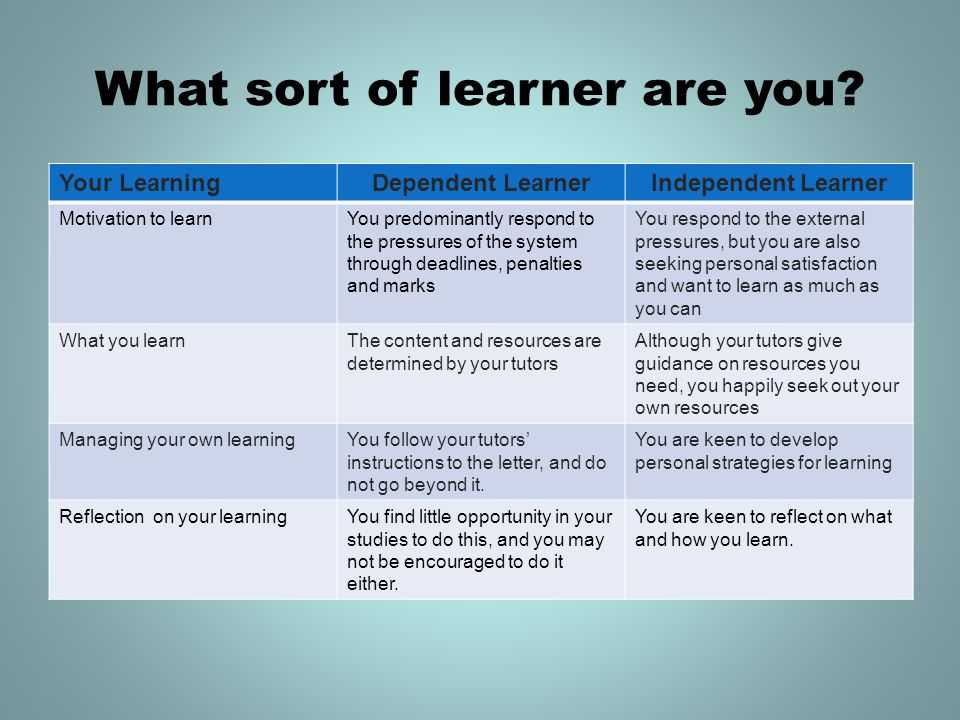 Of all people in this world, my mom and dad deserve to be parents. And without adoption, they would not have been able to share their love, share their life, and give someone the life that I had.
Of all people in this world, my mom and dad deserve to be parents. And without adoption, they would not have been able to share their love, share their life, and give someone the life that I had.
“Because of adoption, my life was filled with love and opportunity.” You can watch Scott’s video to see his entire adoption story.
This guide will explain how putting a baby up for adoption works and why adoption creates a better future for everyone involved.
If you’re ready to start the adoption process with our agency or want more information on how to put a child up for adoption, call us at 1-800-ADOPTION, or visit our online contact forms for prospective birth mothers and prospective adoptive parents.
How to Put Your Baby Up for Adoption [6 Steps]
One of the many benefits of working with our agency is the personal level of support from our adoption specialists. Your adoption experience is important to us, and in creating your adoption plan, every need, want and expectation is taken into account. Once you’ve started your adoption journey with a plan, you can begin viewing available family profiles.
Once you’ve started your adoption journey with a plan, you can begin viewing available family profiles.
Your adoption specialist will guide you through each of the steps for placing your child for adoption.
Step 1: Determine if Adoption is Right for You and Your Child
Before even starting the process of “giving a baby up” for adoption, the most important step you can take for yourself and your baby is learning about the benefits of adoption to see how it could give your baby a better life.
The benefits of adoption for your baby are things like:
-
A loving family who will always cherish them.
-
The ability to stay connected with you through open adoption.
-
The ability to grow up and become the person they are meant to be.
Before worrying any more about the details of how to “give a baby up” for adoption, ask yourself: Are these things I want for my baby, and is adoption the best way to get them?
Every woman’s situation is different, and only you know what’s right for your baby — not the father, your parents, your sister or your best friend.
To help you decide if adoption is right for you, our adoption specialists have answered some of the most commonly asked questions about adoption:
-
Is adoption free? Yes — adoption is always 100% free for prospective birth mothers.
-
How do I choose an adoptive family? You always have the opportunity to review adoptive family profiles and pick the family that is perfect for your baby. Your adoption specialist can help you decide what you’re looking for in adoptive parents and send you profiles that may be a good fit.
-
Can I have an open adoption with the family and my child? Absolutely. All of American Adoptions families are committed to an open adoption with you.
-
Does the father of the baby have to be involved in the adoption? The birth father’s involvement can vary depending on your situation, but you always have the right to explore your adoption options.
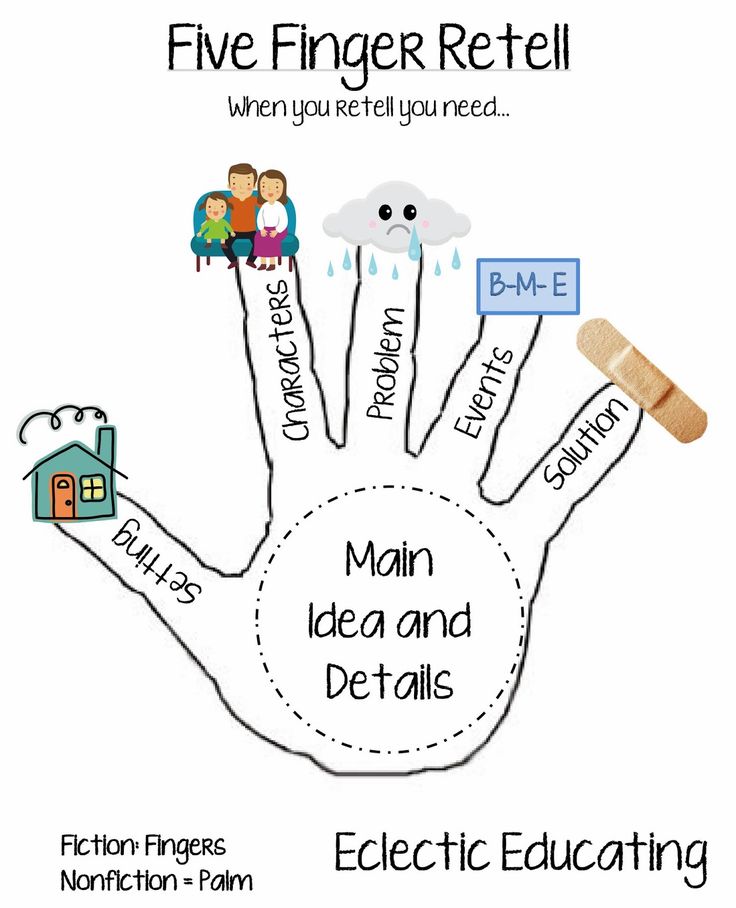 Call 1-800-ADOPTION to learn more about your options.
Call 1-800-ADOPTION to learn more about your options.
Our team can answer your questions, explain the benefits of adoption, and help you understand the type of assistance you can receive during the process. We are available 24/7 to answer all of your adoption questions. You can call 1-800-ADOPTION, or get more free information online.
Step 2: Decide How to Put Your Baby Up for Adoption with an Adoption Plan
At American Adoptions, you are in charge of the adoption process. You get to decide how to go about putting your baby up for adoption in a way that you are comfortable with.
Our team has helped women through this process for the past 30 years. We know how to make sure putting your baby up for adoption is as smooth as possible.
Your adoption specialist is your partner, counselor and friend throughout this process, and she will work closely with you to understand, and most importantly, fulfill, all of your wishes for this adoption. She will ask you about your ideal adoptive family, the type of contact you wish to share with the family, the type of contact you wish to share with your child, how you envision the hospital stay, and much more.
She will ask you about your ideal adoptive family, the type of contact you wish to share with the family, the type of contact you wish to share with your child, how you envision the hospital stay, and much more.
Your answers to each of these questions will develop your “adoption plan," which will help us find the best adoption situation tailored specifically to your hopes.
Your adoption plan will guide you and your adoption specialist through the remaining steps for “giving your baby up” for adoption, so you can ensure this process goes exactly how you want it to.
Step 3: Choose the Perfect Adoptive Family for Your Child
You can find an adoptive family who will love, protect, support and cherish your child for their entire life.
We know how much you love your baby. This is why it’s so important to us that you find the perfect adoptive family.
American Adoptions has helped countless pregnant mothers through the delicate process of finding the perfect adoptive parents.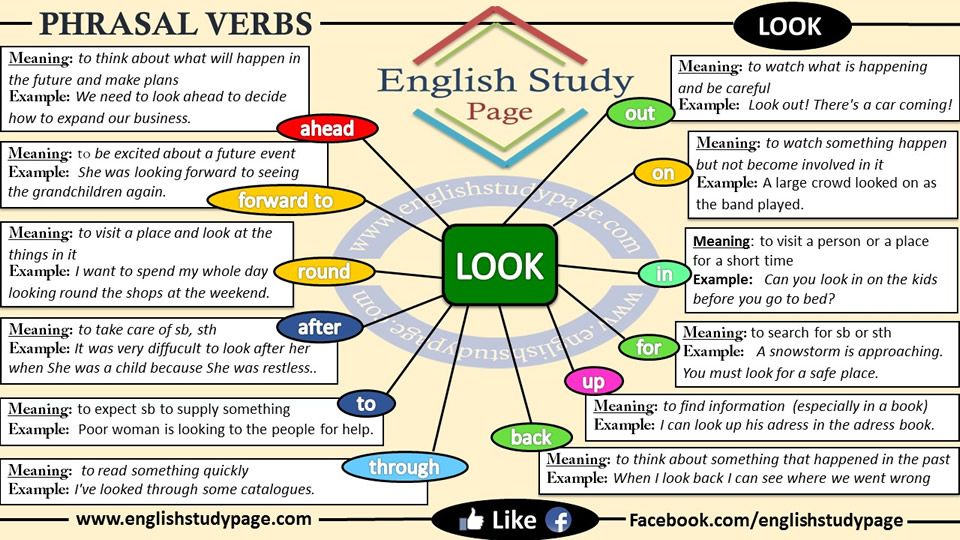 Because we have hundreds of waiting adoptive families, you are sure to find the family who will provide your baby with the best life possible.
Because we have hundreds of waiting adoptive families, you are sure to find the family who will provide your baby with the best life possible.
Getting immediate access to hundreds of adoptive family profiles is one of the ways we always support you.
All of the families we work with:
-
Have completed a home study and various background checks to ensure they are stable, fully prepared to adopt, and will provide a safe home full of love for an adopted child
-
Are excited to get to know you through phone calls, emails and more, so you can maintain a relationship with your child to whatever extent you’re comfortable with
-
Have an adoptive family video profile, so you can see the family “in action” and get to know them better before choosing them
-
Are fully committed to adoption, so you can feel confident that any family you choose will love your child the way you do
Because of these things, American Adoptions works with a truly amazing group of adoptive parents.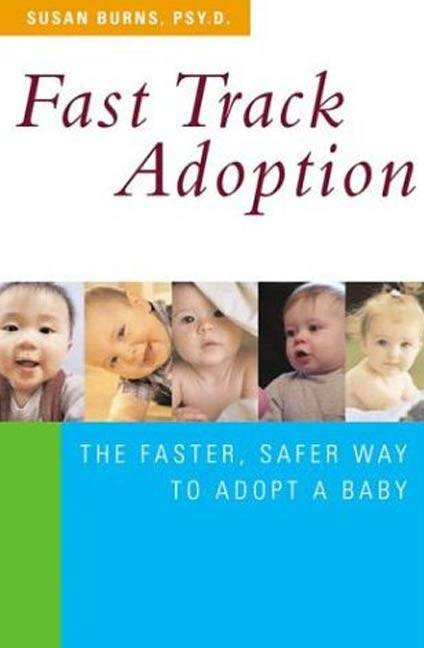 Our staff — comprised of adoptees, adoptive parents and birth parents — knows better than anyone what makes a great family.
Our staff — comprised of adoptees, adoptive parents and birth parents — knows better than anyone what makes a great family.
Our thorough screening and experienced staff mean that you can trust us to help you find the perfect family for your baby. The life you hope for them is possible with the right parents.
When you are ready to take the next steps to put a baby up for adoption, your adoption specialist will send you family profiles and video profiles that best match what you are looking for in an adoptive family.
Step 4: Get to Know the Adoptive Family
Over the past few decades, adoption has become increasingly open, in that you have more opportunities than ever to get to know the adoptive family prior to and after placement.
All adoption professionals, especially American Adoptions, believe pre-placement contact is essential to a healthy adoption relationship. It helps you confirm the people you've chosen will provide the life you've always dreamed of for your child.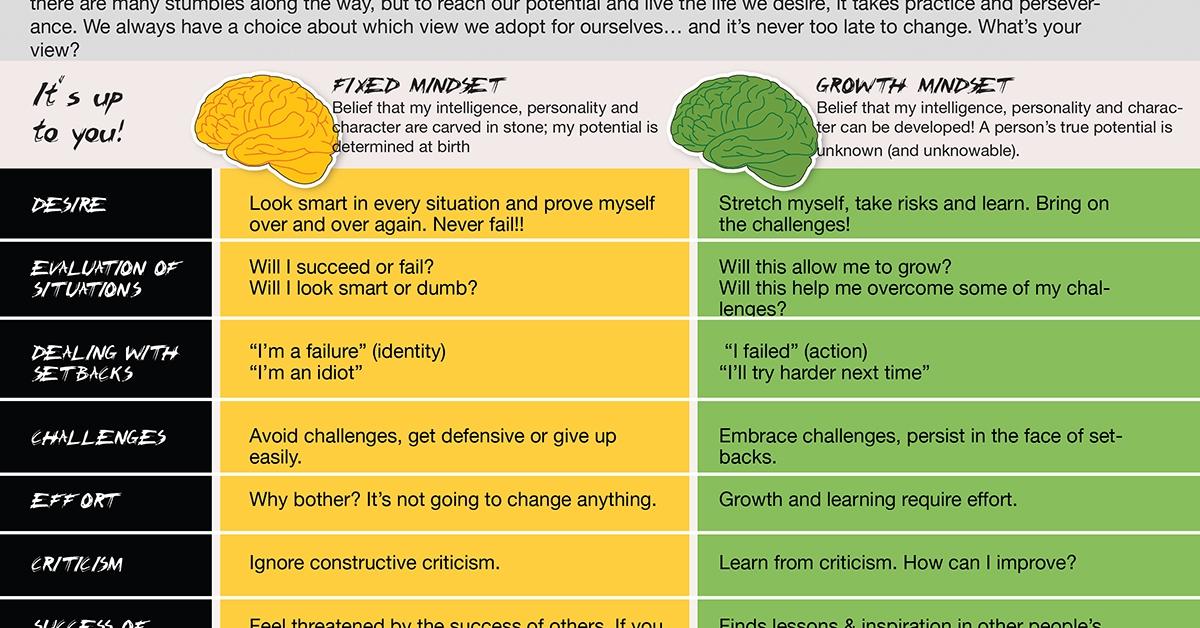
Because of this, and because of the way American Adoptions supports you during the entire process, you can feel confident and at peace in putting your baby up for adoption.
You may interact with the adoptive family through:
-
Phone calls
-
Conference calls
-
Video chats
-
Email exchanges
-
Texts
-
Social media interaction
-
A meeting in your hometown
-
Interaction at the hospital
Do you feel a bit nervous, but also excited, about the idea of getting to know the adoptive family? That’s normal. Your adoption specialist will be with you during this important step in the “giving up” baby for adoption process. For more information on getting to know the adoptive family, call 1-800-ADOPTION to speak with one of our adoption specialists.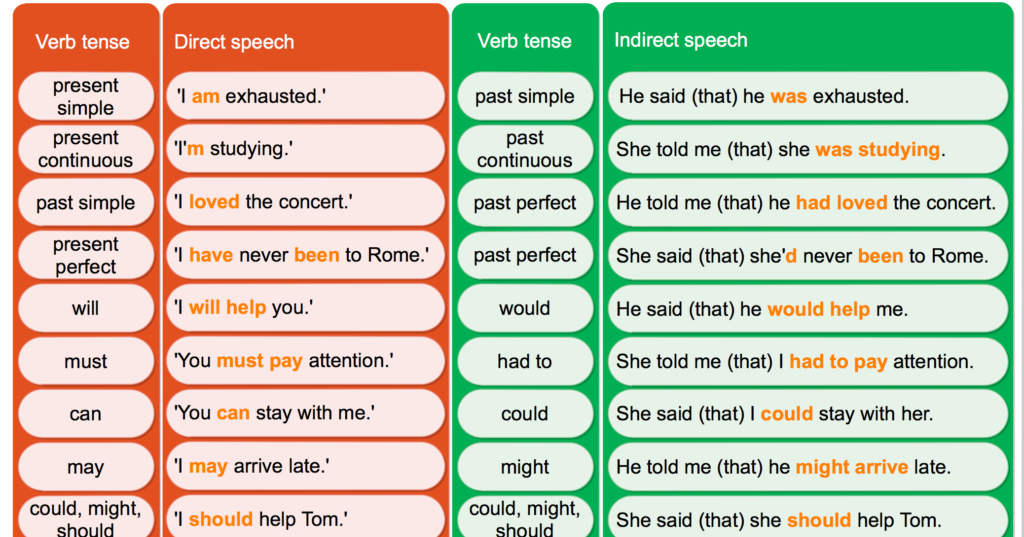
Step 5: Give Birth and Complete the Legal Steps for Adoption
Choosing adoption for your baby means your medical costs will be covered and you’ll have 24/7 professional support. When you prepare for labor and delivery, your specialist will help you create a hospital plan.
Much like your adoption plan, you have full control over the hospital stay. You get to decide when and how to put your child up for adoption at the hospital.
For example, you may decide:
-
How much interaction you have with the adoptive parents.
-
How much time you want to spend with your baby.
-
Who is the first to hold your baby?
-
Whether you want to leave together with the adoptive family.
-
And much more.
Once your baby is born, you usually must wait at least 48–72 hours before you can complete the adoption paperwork, depending on your state’s laws.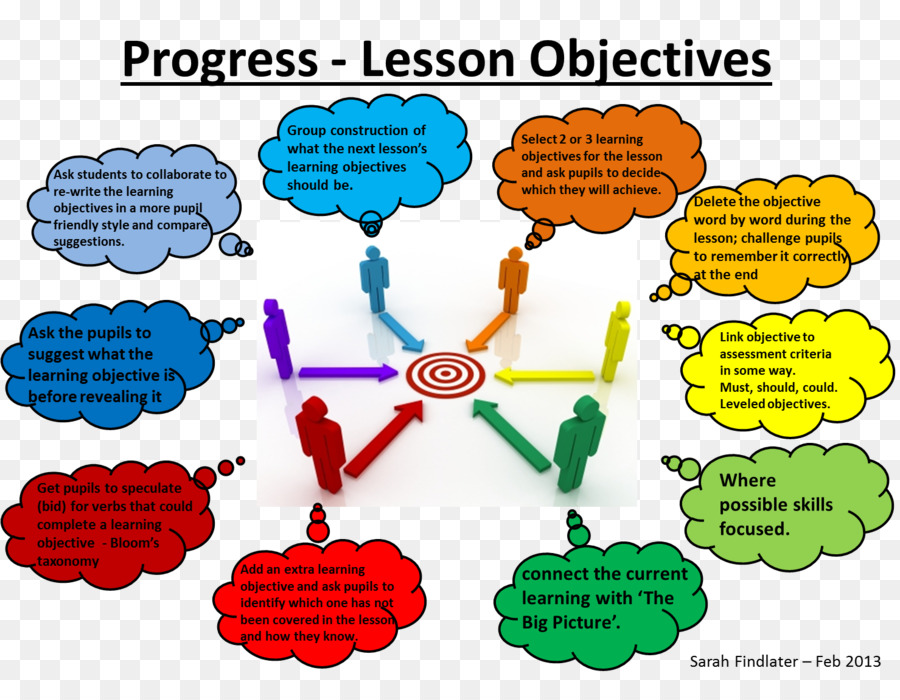 Your adoption specialist and an adoption attorney will help prepare you for the legal process of how to give a child up for adoption. They’ll make sure you understand your rights in adoption and that you’re comfortable with your decision before proceeding with the document-signing steps for adoption.
Your adoption specialist and an adoption attorney will help prepare you for the legal process of how to give a child up for adoption. They’ll make sure you understand your rights in adoption and that you’re comfortable with your decision before proceeding with the document-signing steps for adoption.
Step 6: Share Contact after the Adoption and Build a Life-Long Bond
Placing your child for adoption is just the beginning. Rather than “goodbye,” an adoption placement is, “We’ll talk soon.”
The steps to putting a baby up for adoption officially end when you sign your adoption paperwork, but that doesn’t mean your adoption journey is over. It is up to you to decide what kind of relationship you want to have with your child and the adoptive family after the adoption. Just as you get to decide how to “give up” your baby for adoption, you get to decide how you want your open adoption to look after placement.
-
Most women who choose adoption receive updates on their child for at least 18 years.

-
Many also stay in contact with the adoptive family through emails, phone calls, text messages and social media updates.
The way you envision this relationship can become a reality, as long as you choose an adoptive family excited to pursue a similar relationship. The best way to do that is by working with an agency like American Adoptions.
We can help you find that adoption situation — one in which you are as much of a witness or participant in your child's life as you want to be.
Get More Information on Placing Your Child for Adoption
Michelle, a birth parent specialist and a birth parent herself, is ready to answer any questions you have about how to place a baby for adoption.
“I am available to answer any questions that arise, particularly from birth moms, as I have been in your shoes and know how you are feeling,” Michelle said. “It was most helpful to me when I had someone to talk to who would just listen to me without making any judgments or conclusions about who I was as a person.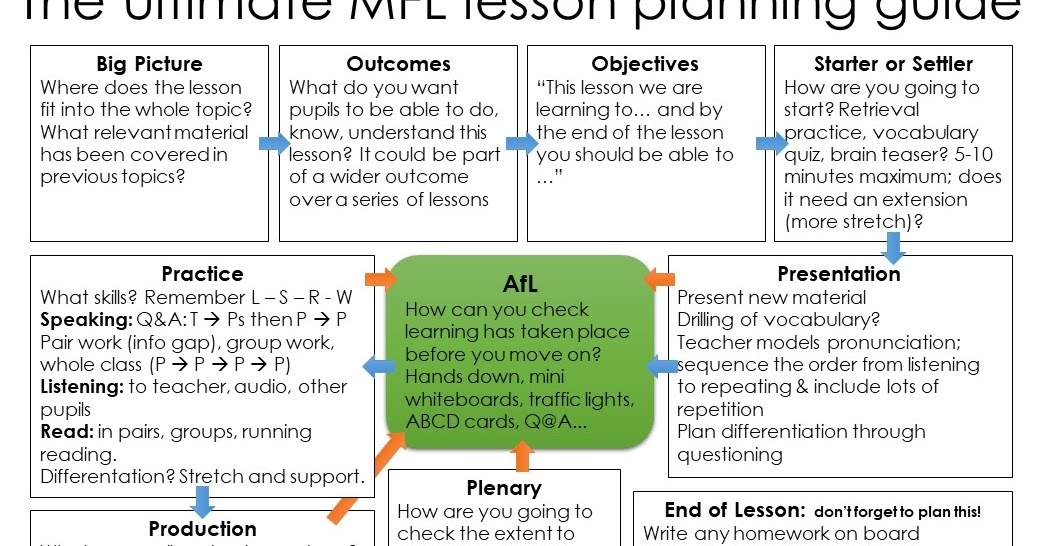 ”
”
You can ask Michelle questions about the adoption process online. You can also call us at 1-800-ADOPTION, or get free information with our online contact form for prospective birth mothers considering adoption here. Adoptive families wanting more information on adopting a child can click here to get more information.
You are Never “Giving Up” Your Child
While it is common to hear and use language about the “giving a baby up for adoption” process, you are not “giving up” or “giving your baby away” if you do choose to place your child for adoption. Adoption gives your baby a loving family who will always cherish them. It’s a brave thing to do.
“Adopted children will be loved beyond measure because those families have waited such a long time to be able to give their love to a child,” Kelli Cox, an adoption specialist with American Adoptions, said.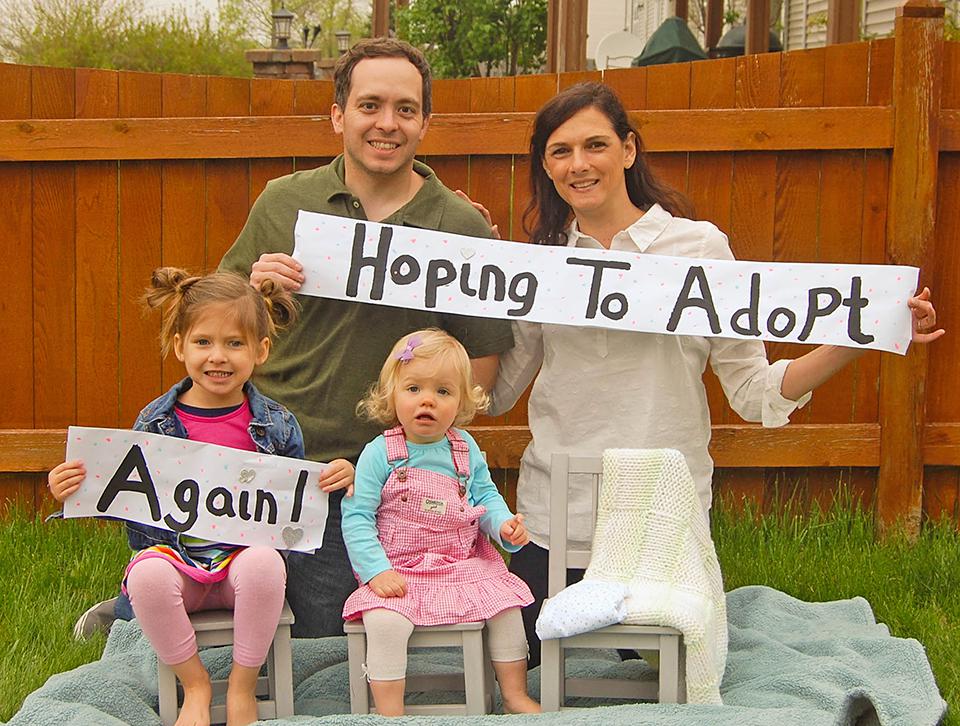 “And women like you make that possible.”
“And women like you make that possible.”
Most people say “giving up” for adoption, even though that’s not really what adoption is. We may talk about “giving up” as we explain how to put a baby up for adoption, but that’s only to be relatable and accessible. Please know that a woman who places her child for adoption is making one of the most incredible sacrifices possible for her child.
She is a hero.
Disclaimer
Information available through these links is the sole property of the companies and organizations listed therein. America Adoptions, Inc. provides this information as a courtesy and is in no way responsible for its content or accuracy.
adoption procedure, conditions, documents, rights and obligations of adoptive parents
Tamara Skokova
creates a benefit for the family
Author profile
As of the beginning of 2021, 37 thousand children were brought up in Russian orphanages.
In the understanding of many people, "to adopt a child" means to take an orphan from an orphanage. However, from a legal point of view, everything is not so simple. Today in Russia there are several forms of family placement for children, and they are regulated differently by law. nine0003
I worked in the guardianship and guardianship authorities for 17 years, 14 of them as a supervisor. In the article I will tell you who and under what conditions has the right to take a child into a family, what documents are required for adoption and how the procedure takes place.
What is adoption of a child
In Russia, there are several forms of placement of orphans and children left without parental care. Federal legislation establishes three main ones: adoption, guardianship and guardianship, foster family. At the regional level, others may be provided, but so far this is only patronage. Briefly describe how they differ from each other. nine0003
Custody and guardianship. The most common form of placement for children: often used as an intermediate step on the path to adoption.
The most common form of placement for children: often used as an intermediate step on the path to adoption.
Guardianship and Custody Act
Guardianship is established over children under 14 years of age, and guardianship over minors from 14 to 18 years of age. Guardians and trustees have all the rights and obligations of a legal representative in matters of upbringing, education, maintenance of the child and responsibility for him.
Unlike the guardian, the guardian is liable for harm caused by the ward. He is also obliged to make all transactions on behalf of the ward, except for those that the child can conclude personally: for example, these are donation transactions when a minor receives some thing or money as a gift. nine0003
Art. 1073, paragraph 2 of Art. 26 of the Civil Code of the Russian Federation
The trustee usually must give consent to the transactions of the ward, with a few exceptions: for example, minors aged 14 to 18 years have the right to independently manage their income or make small household transactions.
Art. 12.1 of the Federal Law on state benefits to citizens with children
p. 3 art. 38.1 of the Social Code of the Belgorod Region
Monthly allowance is paid to the guardian and trustee for the maintenance of an orphan child. Its size depends on the region: for example, in the Belgorod region, where I live, in 2022 the allowance is 10,310 R.
In addition, guardians are entitled to a one-time payment from the federal budget - 22,472.77 RUR. This amount is set for all guardians from the Russian Federation, regardless of place of residence.
Lump-sum allowance when a child is brought up to a family
If a child is brought up by a guardian or custodian, the biological parents are not released from the obligation to support him and must monthly transfer alimony to his personal account: the amount of alimony is determined by the court.
Art. 148, paragraph 2 of Art. 71 SK RF
At the same time, the guardian decides whether the biological parents will be able to communicate with the child, but if the child is 10 years old, then his opinion will also be taken into account.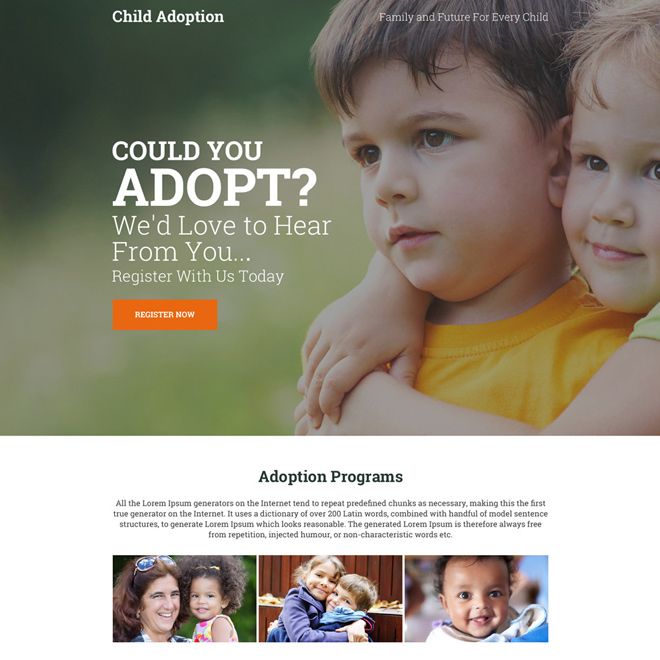
Art. 148.1 SK RF
Foster family. This form of arrangement is similar to guardianship, but in addition to child support and a lump sum payment, foster parents also receive remuneration for their work.
Art. 152 SK RF
The amount depends on the region of residence. For example, in 2022 in Moscow it is 18,150 R, and if a family accepts a child with a disability, then the amount of the payment will be higher - 30,885 R.
Clause 2.5.1 of Appendix 1 to the Decree of the Government of Moscow on establishing the amount of social payments for 2022
In the Belgorod Region, foster parents are paid 8288 R per month for the first child taken into the family, and for each subsequent adopted child the amount is increased by 20%. If a family accepts up to four children, the remuneration is paid to one of the parents, five or more children to both. In rural areas, there is still a monthly supplement of 25% of the remuneration due to foster parents.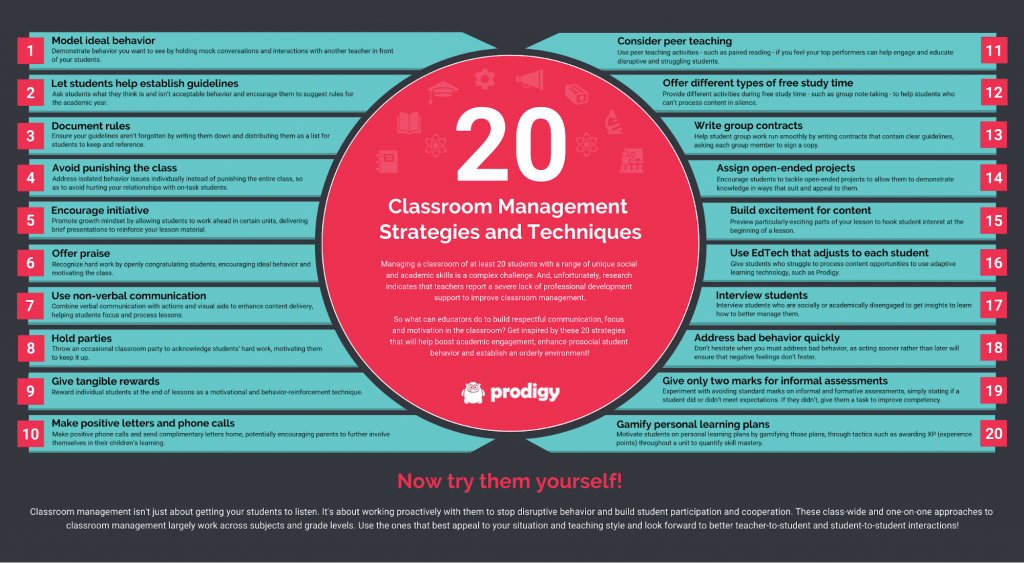 Foster parents have more privileges than guardians: they are provided with a 50% discount on utility bills, fuel, gas, telephone. nine0003
Foster parents have more privileges than guardians: they are provided with a 50% discount on utility bills, fuel, gas, telephone. nine0003
paragraph 5 art. 148.1 of the RF IC
Law of the Belgorod Region on Foster Family
Law of the Belgorod Region on Amendments to Article 2 of the Law of the Belgorod Region “On Foster Family”
The seniority can be accrued to both one parent and both - it all depends on who has concluded a civil law contract with guardianship.
Art. 7 Federal Law on compulsory pension insurance
The foster child and biological parents can communicate. Foster parents have the right to prevent this only if communication does not meet the interests of the child.
Section 5, Art. 148.1 SK RF
Patronage . Foster care is a relatively new form of family structure, in which the rights and obligations to protect the rights of children are delimited between the foster caregiver and the guardianship and guardianship authority.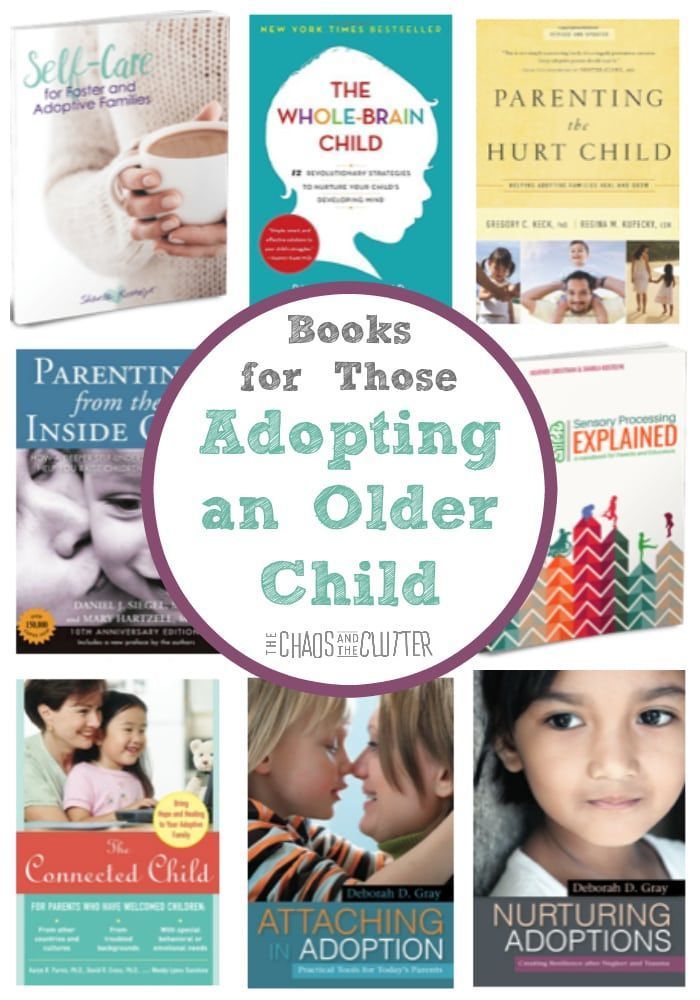 Laws supporting patronage have been adopted in 42 constituent entities of the Russian Federation, for example, in Moscow, Vladimir, Kaluga, Ivanovo and Kaliningrad regions. nine0003
Laws supporting patronage have been adopted in 42 constituent entities of the Russian Federation, for example, in Moscow, Vladimir, Kaluga, Ivanovo and Kaliningrad regions. nine0003
Laws and regulations on patronage of the Moscow, Vladimir, Kaluga, Ivanovo, Kaliningrad regions shelter.
The child is transferred to foster care under a fixed-term contract. The period of stay in the family is set individually: it can be a short period - up to six months or a long one - over six months. The maximum term is until the minor reaches the age of eighteen. nine0003
For a long time, a child is placed in a foster family only if, for some reason, it is not possible to transfer the child to a guardian, custodian or foster family. In this case, the foster family receives a monthly allowance from the state for the maintenance of the child. The amount is similar to that allocated for guardianship and guardianship. But the right to receive a one-time allowance when a child is adopted into a family does not apply to foster parents.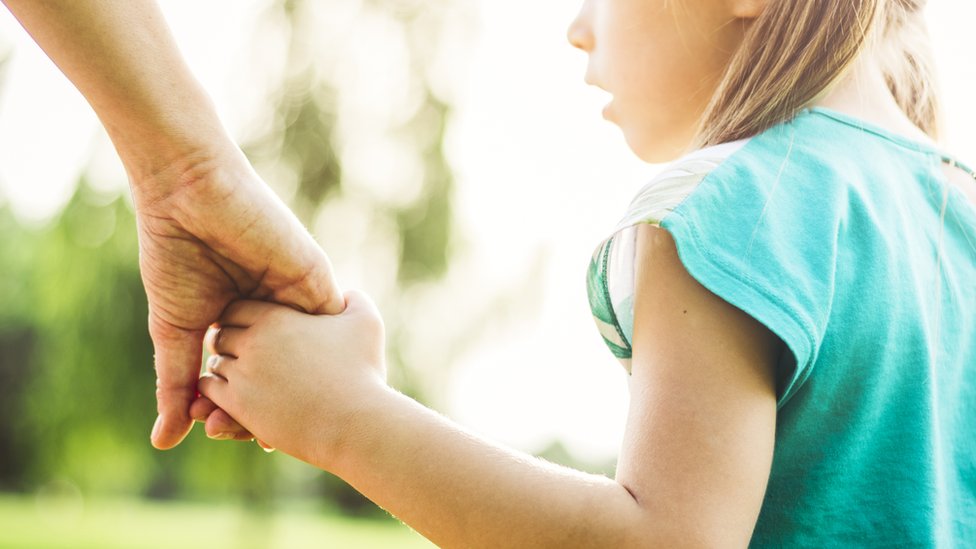
Foster care gives the child the opportunity to prepare for an independent adult life - this is difficult to do in an orphanage. But this form of arrangement has one big drawback - children often become attached to new families and parting with it causes them stress. With all this, the child does not lose touch with the blood family: he can maintain relations with his parents, if they are not deprived of parental rights and do not pose a danger to him, brothers, sisters and other people significant to him. nine0003
/list/sos-dd/
9 uncomfortable questions about orphans
Adoption. The Family Code of the Russian Federation considers this form of placement of children a priority: only it allows you to most effectively ensure both the interests of the child and the interests of foster parents.
Adoptive parents completely replace the child's parents. There is no such temporary nature of upbringing as in case of guardianship, guardianship or transfer of a child to a foster family.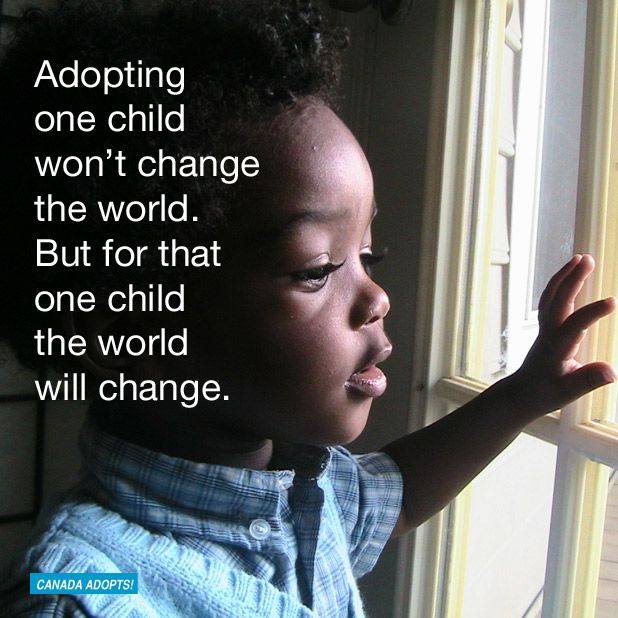 The state does not provide adoptive parents with any special assistance, with the exception of social support measures established in each subject separately, as well as measures that are provided to all families with children on a general basis. nine0003
The state does not provide adoptive parents with any special assistance, with the exception of social support measures established in each subject separately, as well as measures that are provided to all families with children on a general basis. nine0003
Adoptive parents can change the child's first and last name. For children under one year old, even the date of birth can be changed, but not more than three months from the actual one. This happens in order to ensure the secrecy of the adoption, as well as for other reasons, if the court considers them valid. In my practice, there was such a case: the spouses raised an adopted boy born on September 8, 2007, and then adopted a girl born on July 25, 2007. The adoptive parents asked the court to change the boy's date of birth to July 25, 2007, so that the children could be considered twins. The court granted the request. nine0003
Art. 139 SK RF
art. 155 of the Criminal Code of the Russian Federation
In many regions, adoptive parents receive benefits for an adopted child.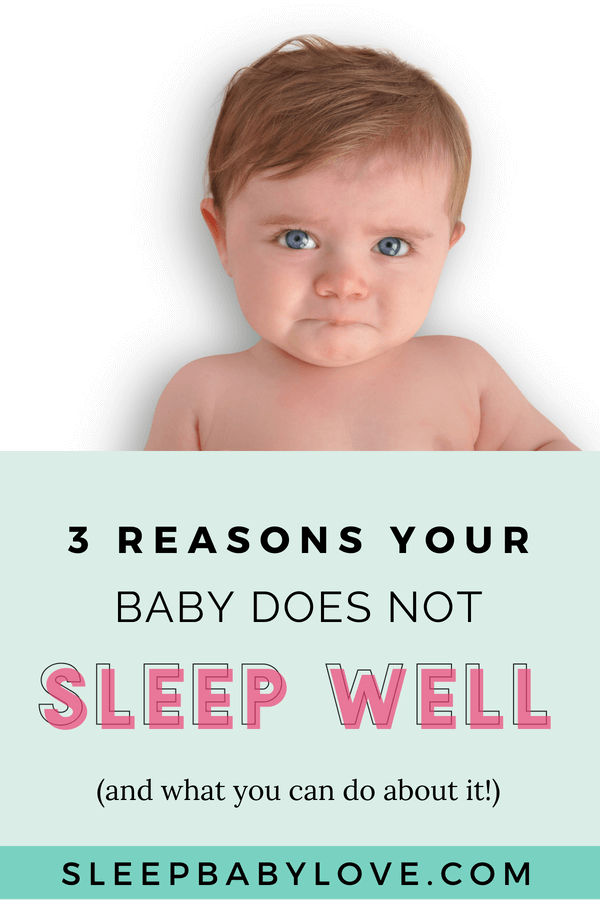 To apply for it, you must apply to the guardianship authorities at the place of residence. For example, in the Belgorod region, the amount of the allowance depends on how much money was allocated for the monthly maintenance of a child in an orphanage in the current year, the adoptive parent is entitled to 50% of this amount. And in the Stavropol Territory, a monthly allowance for adoptive parents is not provided, but a lump sum payment is made - 150,000 R.
To apply for it, you must apply to the guardianship authorities at the place of residence. For example, in the Belgorod region, the amount of the allowance depends on how much money was allocated for the monthly maintenance of a child in an orphanage in the current year, the adoptive parent is entitled to 50% of this amount. And in the Stavropol Territory, a monthly allowance for adoptive parents is not provided, but a lump sum payment is made - 150,000 R.
cl. 1 art. 60 of the social code of the Belgorod region
art. 2 of the Law of the Stavropol Territory on the amount and procedure for assigning a lump-sum allowance to adoptive parents
In Moscow, the monthly compensation payment to persons who have adopted or adopted an orphan child or a child left without parental care in the city of Moscow is:
- 18 937 R for each child from 0 to 12 years old who is not a disabled child;
- 25,249Р for each child from 12 to 18 years old who is not a child with a disability;
- R 31,561 for each disabled child.
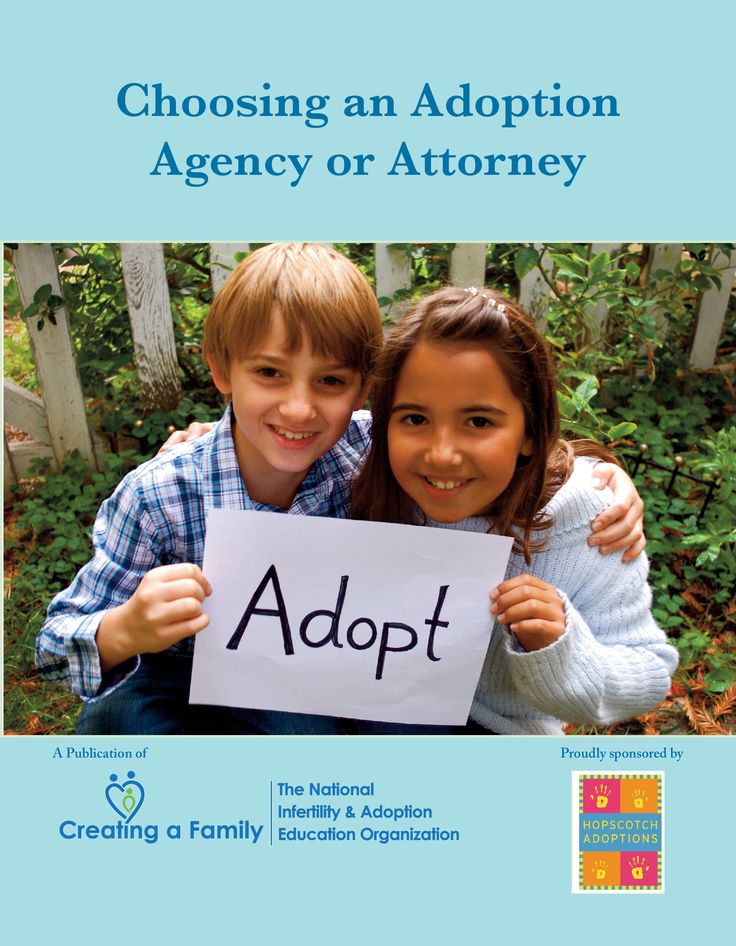
Clause 2.9 of Appendix 1 to the Decree of the Government of Moscow on establishing the amount of social payments for 2022
Also, adoptive parents are entitled to a lump-sum allowance, which is issued for all forms of family placement. From February 1, 2022, this is 20,472.77 R. But in the case of the adoption of a disabled child, a child over seven years old, as well as children who are brothers or sisters, the allowance will be higher - 156,428.66 R. To receive a payment, you need to apply to the Pension Fund at the place of residence. nine0003
Lump-sum allowance when a child is placed in a family for upbringing
What is the difference between the forms of placement of a child in a family
| Form | Who is considered the child's parents | What rights do carers have | What are the duties of caregivers | How the state supports child caregivers |
|---|---|---|---|---|
| Adoption | Adoptive parents | The rights of adoptive parents are identical to those of natural parents | Obligations of adoptive parents are identical to those of natural parents | Adoptive parents receive payments provided by the regional authorities.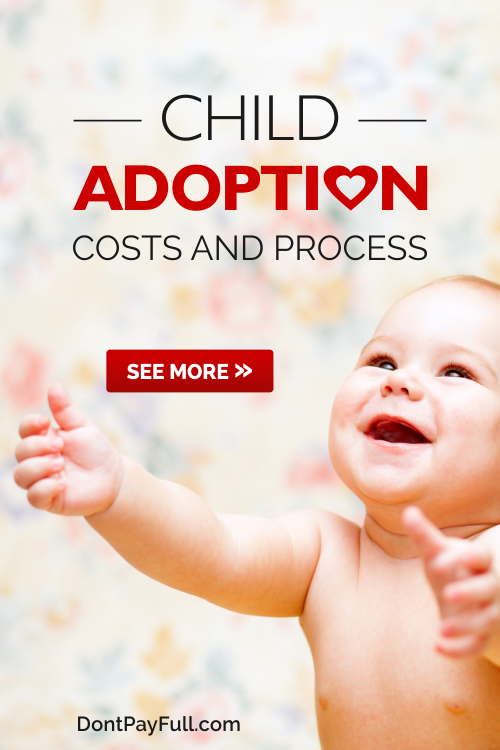 Also, adoptive parents receive the right to use maternity capital, if it was not used by the birth mother, and all child benefits in accordance with age. A child who at the time of adoption has the right to a pension and benefits due to the death of his parents retains this right after adoption Also, adoptive parents receive the right to use maternity capital, if it was not used by the birth mother, and all child benefits in accordance with age. A child who at the time of adoption has the right to a pension and benefits due to the death of his parents retains this right after adoption |
| Custody and guardianship | Blood family | The guardian or custodian has the right to raise the child and act as his legal representative | Guardians and trustees are obliged to take care of the maintenance of the wards, to provide them with care and treatment, to protect their rights and interests. At the same time, biological parents are not released from the obligation to pay alimony | Guardians and custodians receive a one-time allowance upon adoption of a child into a family, allowance for the maintenance of a ward, alimony payments, survivor's pension, if it is due to the child |
| Foster family | Blood family | Similar rights as under guardianship | Similar duties as under guardianship | The foster family receives a one-time allowance when the child is adopted into the family, a monthly remuneration to the foster parent for the performance of duties and an allowance for the maintenance of the child in the family of the guardian, depending on the legislation of the region, benefits for utilities. The period while the child is in the family is counted towards the foster parents in the insurance period The period while the child is in the family is counted towards the foster parents in the insurance period |
| Patronage | Blood family | Determine the daily routine of the pupil, resolve current issues of the pupil's life in accordance with the plan for the protection of the rights of the child and the concluded agreement | Raise a child, protect his rights and legitimate interests, take care of his health and development | The amount of payment for a foster caregiver is determined by a fixed-term employment contract of the region. The monthly payment to foster care providers for the maintenance of an orphan child or a child left without parental care is established by each region separately |
Adoption
Who is considered the parents of the child
adoptive parents
What rights arise in persons to care for the child
Rights of the adoptive parents are identical to blood parents
What are the obligations to ensure care of child
The obligations of adoptive parents are identical to those of natural parents
How the state supports persons providing care for a child
Adoptive parents receive benefits provided by the regional authorities.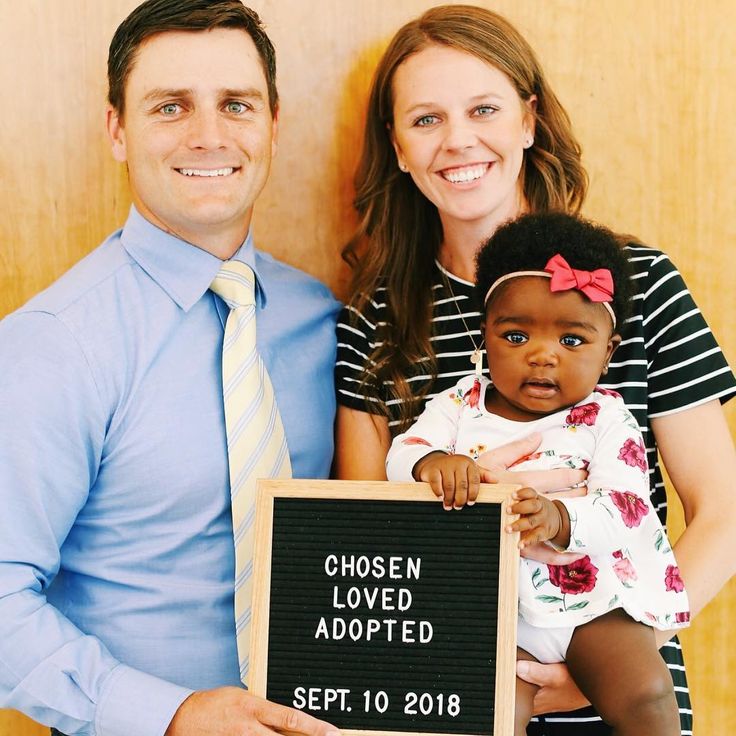 Also, adoptive parents receive the right to use maternity capital, if it was not used by the birth mother, and all child benefits in accordance with age. A child who at the time of adoption is entitled to a pension and benefits due to the death of his parents retains this right after adoption
Also, adoptive parents receive the right to use maternity capital, if it was not used by the birth mother, and all child benefits in accordance with age. A child who at the time of adoption is entitled to a pension and benefits due to the death of his parents retains this right after adoption
Custody and guardianship
Who is considered the child's parents
Blood family
What rights do caregivers have
A guardian or custodian has the right to raise a child and act as his legal representative.
What obligations do persons who provide care for a child have? At the same time, biological parents are not released from the obligation to pay alimony
How the state supports caregivers
Guardians and caregivers receive a one-time allowance for the adoption of a child into a family, support for the maintenance of a ward, alimony payments, survivor's pension, if the child is entitled to it
Foster family
3
0
3 Who is considered the child's parents
Blood family
What rights do caregivers have
Similar rights as in guardianship and guardianship
What are the obligations of persons providing care for a child
Similar obligations as in guardianship and custody
How the state supports persons providing care for a child for the performance of duties and allowance for the maintenance of a child in the family of the guardian, depending on the legislation of the region, benefits for utilities.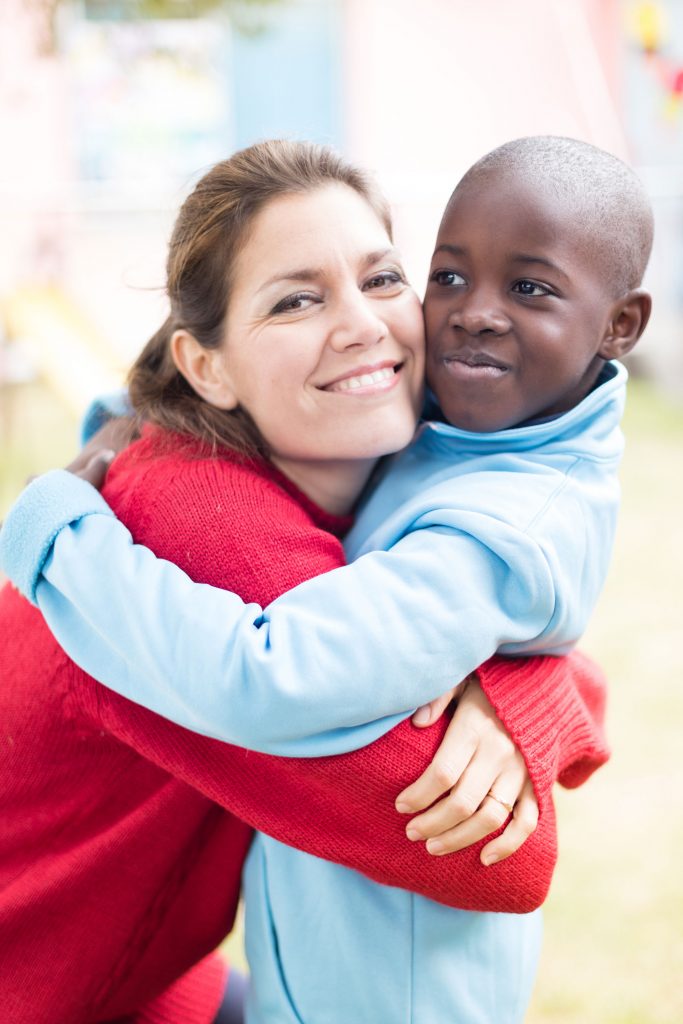 The period while the child is in the family is counted towards the foster parents in the insurance period
The period while the child is in the family is counted towards the foster parents in the insurance period
Employment
Who are considered the parents of the child
Blood family
What rights do caregivers have
Determine the child’s daily routine, resolve current issues of the child’s life in accordance with the contract and child protection plan
What are the responsibilities of those who care for a child
Raise a child, protect his rights and legitimate interests, take care of his health and development
How the state supports child caregivers
The amount of a foster caregiver's salary is determined by the region's fixed-term employment contract. Monthly payment to foster care for the maintenance of an orphan or a child left without parental care is established by each region separately
Who can adopt a child
Married couples or single adults can adopt a child: if citizens are not married to each other, they cannot jointly adopt the same child. nine0003
nine0003
Art. 128 SK RF
Decree of the Government of the Russian Federation on approval of the rules for the transfer of children for adoption
Another important condition is that a man or woman must reach the age of majority, and the age difference between the adopter and the child must be at least 16 years. But if the adoptive parents are a married couple, and the age difference is less than the established norm with only one of them, then the guardianship department may, as an exception, give consent.
Other requirements for an adopter:
- Legal capacity: own and spouse, if any.
- Absence of a conviction for a grave and especially grave crime.
- A health condition that allows you to fulfill parental responsibilities: for example, a child will not be allowed to be adopted by patients with tuberculosis or people with disabilities of the first group.
- Home ownership or rental.
- Substitute parents have a school leaving certificate.

- No information about deprivation or restriction of parental rights, cancellation of adoption, removal from the duties of a guardian. nine0120
If there are several people who want to adopt a child, his relatives will have the priority right, but taking into account the interests of the adoptee: they are expressed in trusting relationships, attachment to relatives, long-term cohabitation.
Community 24.05.22
How is the secrecy of adoption protected in Russia?
Next, I will tell you what documents future parents will need to collect and how the adoption procedure goes.
Step 1
Get to know the guardianship authorities at your place of residence As a rule, there is an adoption specialist in each district municipality. He can work both at the education department and at the department of social protection of the population: this needs to be clarified in the social protection or education authorities at the place of residence.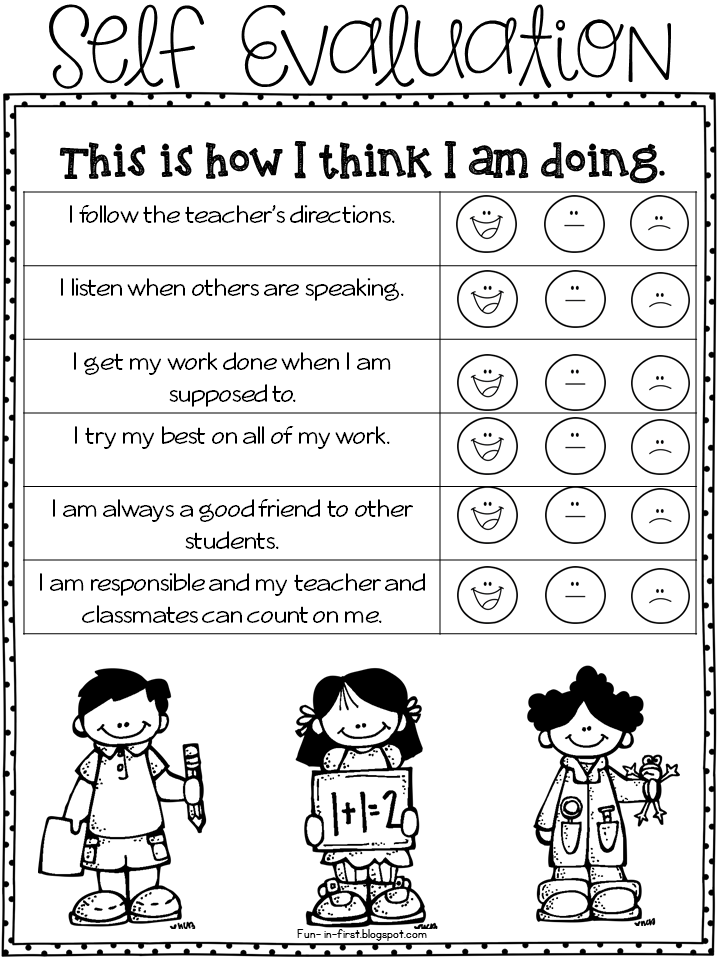
In some cities, for example, in St. Petersburg, Vladimir, Krasnoyarsk, special adoption and guardianship centers have been created, where future adoptive parents are assisted in paperwork, passing medical examinations, and selecting children. Such an integrated approach greatly simplifies and speeds up the entire procedure. nine0003
Center for Family and Children Assistance, St. Petersburg
Center for the Development of Family Forms of Education, Krasnoyarsk
Center for Psychological, Pedagogical, Medical and Social Assistance, Vladimir
At the first visit, candidates for adoptive parents should simply talk with an employee of the guardianship authority is, in fact, an acquaintance. The task of a specialist is to listen to you, to find out the motive for adoption, to understand how fully you understand the responsibility of such a step, whether your housing, family and material conditions meet the requirements of the law. nine0003
The guardian must explain your future rights and obligations in relation to the adopted child, the procedure for the adoption procedure, answer your questions, and issue the necessary forms, referrals and a list of documents.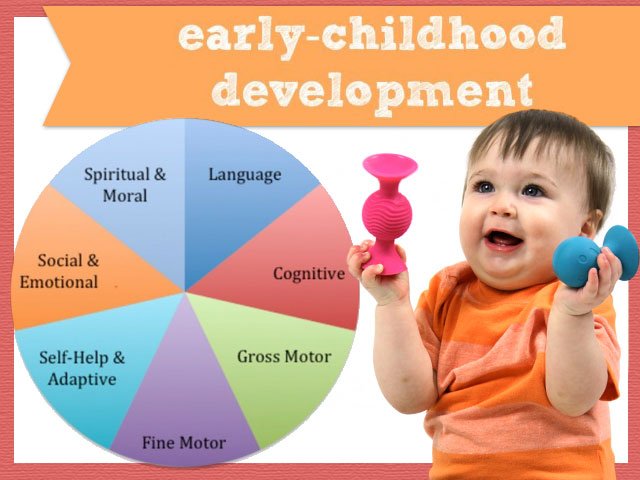 Here it is:
Here it is:
- A copy of the adoptive parent's marriage certificate, if he is not married, then a copy of the birth certificate: sometimes the court asks him to see if the adoptive parent's surname has changed.
- Passport copies. nine0120
- Original and copy of the medical certificate for each of the adoptive parents.
- Certificate of criminal record or non-conviction.
- When a child is adopted by one of the spouses, the consent of the other spouse or a document confirming that the spouses have terminated family relations and have not lived together for more than a year.
- Certificate from the place of work on the position held and salary, or a copy of the income statement or other document confirming the income of the adoptive parent or family of adoptive parents. nine0120
- Documents confirming the right to use the residential premises or the ownership of the residential premises.
- Certificate of completion of training for persons wishing to adopt a child without parental care into their family.
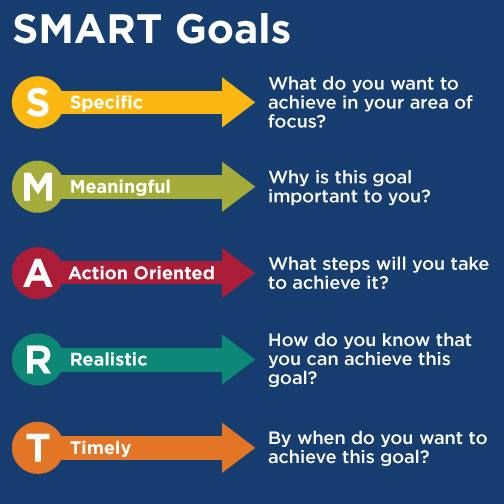
- CV (needed only for the guardianship authority).
The main part of the documents is required to obtain an opinion from the guardianship authorities on the possibility of being an adoptive parent. Later, they will also be needed to apply for adoption to the court. Documents for the child will be prepared by guardianship officials. nine0003
Step 2
Obtain a certificate of no criminal recordI recommend that you start collecting documents from this certificate. Since the request is sent to the Main Information Center of the Ministry of Internal Affairs, a response will have to wait from a week to a month.
An application for issuing a certificate can be filled out at the MFC or independently on the public services portal.
/guide/ne-sudim/
Why do you need a certificate of non-conviction
To order a certificate through the public services portal, you need to go to your personal account and select the public service: "Obtaining a certificate of the presence (absence) of a criminal record.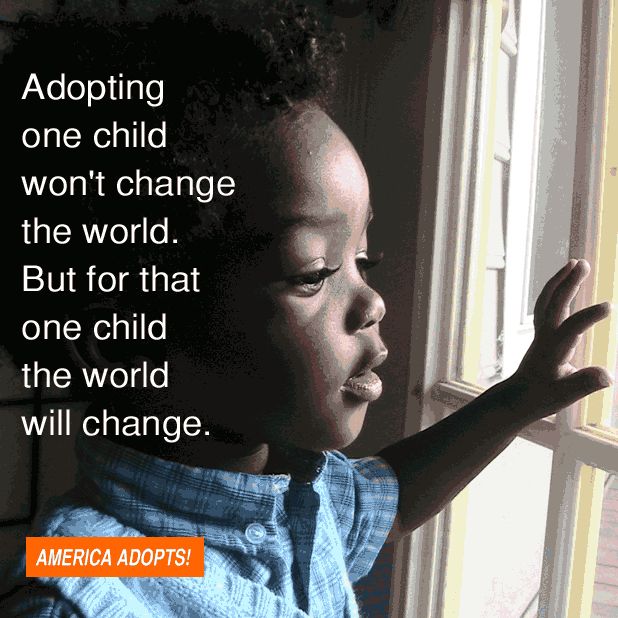 " Source: gosuslugi.ru This is what a certificate of no criminal record looks like
" Source: gosuslugi.ru This is what a certificate of no criminal record looks like Step 3
Pass a medical examinationPeople without serious health problems can take a child from an orphanage.
The list of diseases preventing adoption includes:
- Tuberculosis - patients of the 2nd and 3rd dispensary groups.
- Infectious diseases.
- Mental illness.
- Drug and alcohol addiction, substance abuse.
- Grade 3 and 4 malignancies.
- The first group of disability. nine0120
List of diseases that make it impossible to adopt a child
The form for referral for a medical examination is issued by the guardianship and guardianship authorities along with a list of documents for adoption.
It will not be possible to pass an examination in private clinics: according to the law, only state medical institutions are engaged in this, and free of charge. The medical report will be valid for six months from the date of its approval by the chief physician or the head of the polyclinic.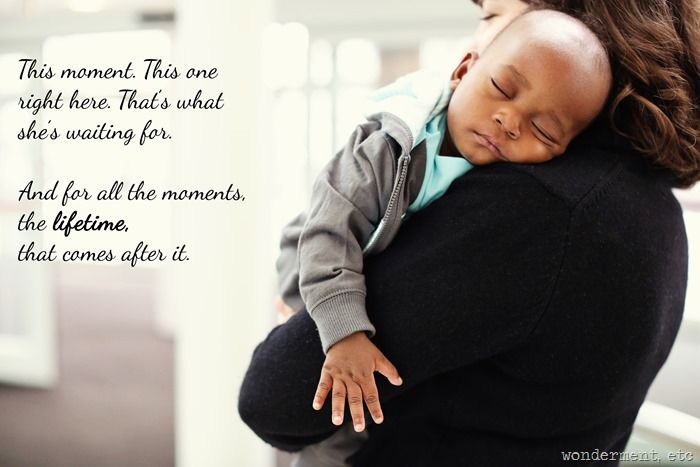 nine0003
nine0003
Medical examination procedure and conclusion form
What is included in the medical examination - public services website
To avoid misunderstandings, immediately after issuing the completed form, you must carefully check whether everything is in order with the execution. In particular, the conclusion of each doctor must be certified by the round official seal of the institution.
A list of examinations and examinations that you will definitely need to pass. Source: gosuslugi.ru Conclusion form, which is issued to future adoptive parentsStep 4
Obtain a certificate of income and positionAdoptive parents must prove to the specialists of guardianship authorities the ability to financially support the child.
To do this, you will need to provide a certificate from the place of work on salary and position or copies of the income declaration certified by the tax office. The certificate is prepared in free form indicating the salary and other payments for 12 months.
/prava/opecunam/
What rights do guardians have
Step 5
Write a CVCV is only for guardianship. It should reflect the main points of the life path: education, marriages and divorces, labor activity. Based on this information, the specialist judges the stability of the financial and family situation of the candidate for adoptive parents, as well as his experience of communicating with children. An autobiography should not be too voluminous: one or two A4 pages is enough. The document can be either written by hand or printed on a computer. nine0003
CV must include:
- Personal information. Surname, name, patronymic; date and place of birth; information about parents or persons replacing them; information about sisters, brothers, if any; place of permanent registration and address of actual residence, if it differs from the address of registration.
- Education. Basic education - years of study, school number and city where one is located.
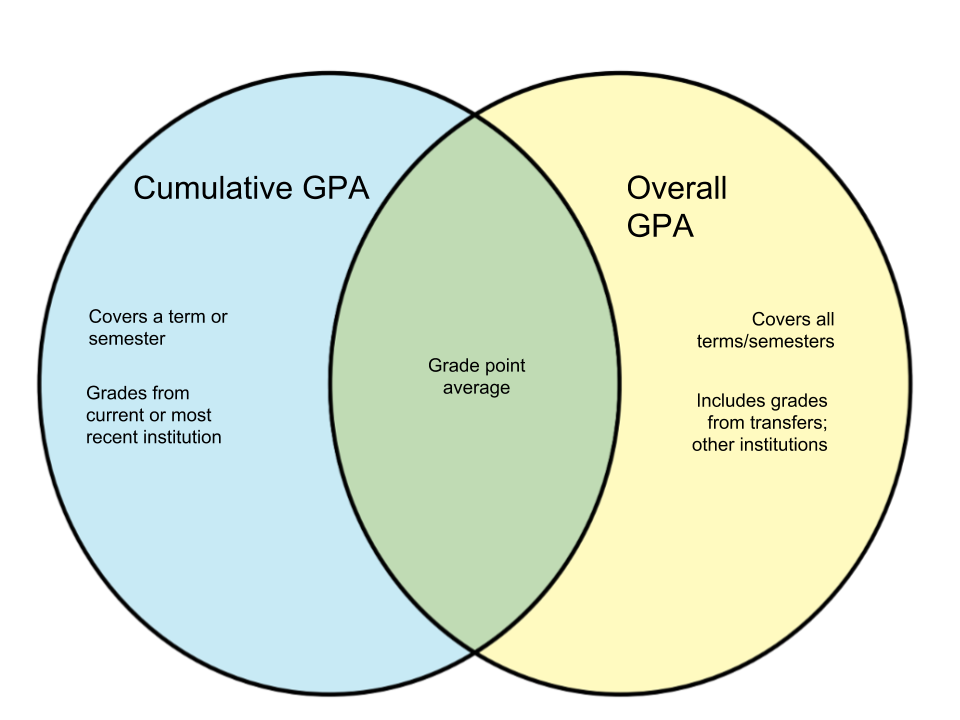 Higher education (if any) - years of study, name of the university, specialty. nine0120
Higher education (if any) - years of study, name of the university, specialty. nine0120 - Professional activity. Beginning of work experience - place of work and profession; listing periods of work and the name of employers, positions. The last place of employment is included with an indication of the position and salary; awards or events that positively characterize the candidate.
- Marital status. Family composition: spouse, children (last name, first name, patronymic, date of birth, occupation). Data on previous marriages and divorces (if any): information about spouses and children born in these marriages; the facts of changing the surname (if any) indicating the reason and the previous surname. nine0120
- Interests and additional information. Creative, sports, achievements in them; participation in public organizations, volunteer movement, awards and promotions; experience working with children or helping elderly relatives.
It is also necessary to briefly explain the reason for contacting the guardianship department.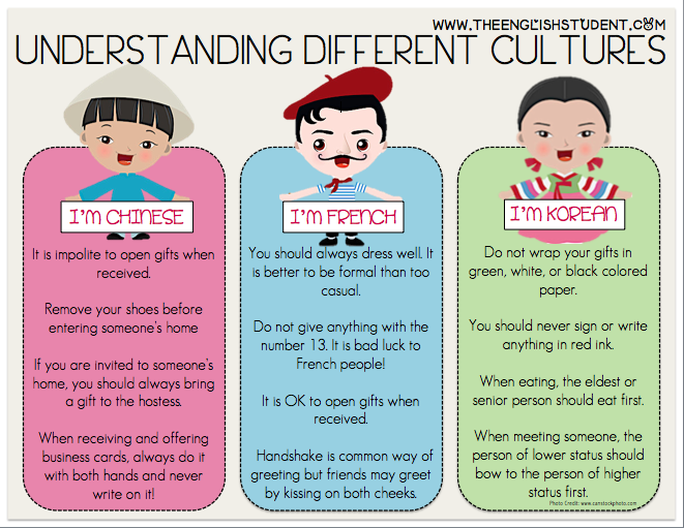
Step 6
Complete a course or school for adoptive parentsThe list of required documents for adoption includes a certificate of completion of a program of psychological, pedagogical and legal training, or a school for future parents. nine0003
Art. 127 SK RF
Only close relatives of the child, namely grandparents, older full and half brothers and sisters, stepfathers and stepmothers, as well as those who are already a guardian, trustee or adoptive parent, can not be trained.
At school, prospective adoptive parents are helped to understand if they are ready for this serious step, and to figure out what form of guardianship will suit them; introduce the legislation, talk about the psychological difficulties that children and adults face both during the period of adaptation and after. nine0003
The length of study varies from school to school: a course can last from 56 to 80 academic hours. At the end, a final certification is carried out: after it, future adoptive parents will be issued a certificate of completion of training.
/child-custody/
I took three children from the orphanage
You can study for free at any school, regardless of the place of registration.
Foster Parent School Certificate FormStep 7
Get an act of checking housing conditionsWhen all the documents on the list are collected and transferred to the guardianship authorities, the adoptive parents will be assigned an inspection check of living conditions.
The guardian must inspect the housing and assess whether the child can live there. If other people live in an apartment or house in addition to the adoptive parents, guardianship workers will take an interest in their state of health and the relationship that connects them with candidates for adoptive parents.
For verification, potential adoptive parents provide:
- An extract from the USRN confirming the ownership of housing or a contract of social or commercial employment.
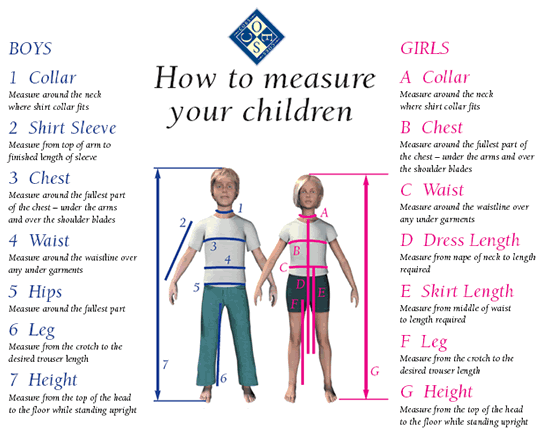
- Information on the number of residents registered in the housing area.
/guide/get-egrn/
How to get an extract from the USRN
Adoptive parents are not required to provide any other documents other than the above. The conclusion on the possibility of being a candidate for adoptive parents and registration takes place within ten days after checking the housing conditions. nine0003
What should be the place of residence of the adoptive parent. The place of residence of a person wishing to adopt a child does not have to coincide with the place of his registration. But it is necessary to have a permanent registration. If the candidate rents an apartment, he must provide a lease for more than one year. If living with relatives - a written agreement between them for the right to use.
A room in a hostel or apartment cannot be considered a permanent place of residence, no matter how comfortable it may be. nine0003
nine0003
What should be the living conditions. In order for the child to live safely for his health and development, the living space of the adoptive parent must comply with sanitary standards. The main criterion is the availability of communal amenities: water supply, sewerage, central heating, gas supply, and so on.
Guardianship authorities can evaluate this without involving SES, BTI and other third-party organizations.
There are no federal restrictions on the size of housing for adoptive parents - the issue is at the mercy of the regions. For example, in Moscow, there should be at least 18 m² per person. But even when this rule is not observed, the final decision remains with the court: if the adoption is in the interests of the child, permission can be given to families with a smaller apartment area. nine0003
Art. 50 ZhK RF
Law on amendments to the RF IC
Step 8
Find a child for adoption To select a child, candidates can apply, at their choice, to any municipality in whose territory the orphanage is located, to a regional operator that is in each subject of the Russian Federation or in the Federal Data Bank on orphans and children left without parental care.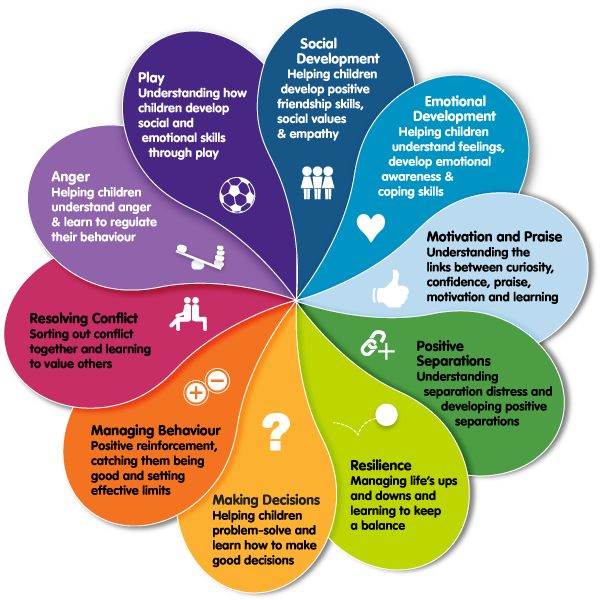 But the law does not prohibit the independent search for a child in orphanages. You can also search for a child before the candidate receives a conclusion on the possibility of being an adoptive parent, but they will not give a referral to view the child until that moment. nine0003
But the law does not prohibit the independent search for a child in orphanages. You can also search for a child before the candidate receives a conclusion on the possibility of being an adoptive parent, but they will not give a referral to view the child until that moment. nine0003
Federal Child Data Bank
When and which child can be adopted. A child who has the status of an orphan, or a child left without parental care, can be adopted at least a day before his or her majority.
Requirements for adoptive parents do not depend on the age of the child they want to take into the family. But if the case concerns a baby, whom the mother abandoned in the maternity hospital, then from her, as a legal representative, an additional statement of consent to adoption will be required. nine0003
Community 26.04.22
Is it possible to adopt an adult?
This is how the statement of consent to adoption looks like, which the biological mother writes in the maternity hospital What are the health groups of children during adoption.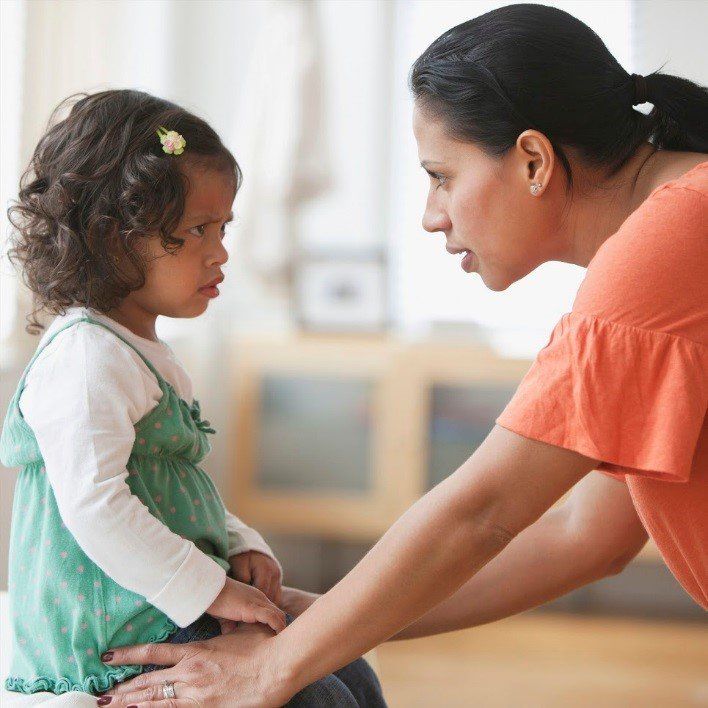 Health groups is a scale that determines the state of the body and the development of the child. This information is provided to adoptive parents by the regional operator of the database of orphans.
Health groups is a scale that determines the state of the body and the development of the child. This information is provided to adoptive parents by the regional operator of the database of orphans.
There are five health groups:
- The child is absolutely healthy. nine0120
- Practically healthy children without chronic diseases, but with some functional disorders. For example, children who have had severe and moderate infectious diseases, children with a general delay in physical development without endocrine pathology - short stature, low or overweight. The same group includes frequently ill children and children with noticeable consequences of injuries or operations.
- Children with mild curable pathologies and chronic diseases with rare exacerbations who are in remission at the time of the examination. nine0120
- Children with chronic diseases, injuries or operations that limit the child's life or require supportive care.
- Children with disabilities.

Pathologies in children are not an obstacle to adoption. However, before you take a child with a complex diagnosis, you need to soberly assess the strengths and capabilities. It is better to consult with specialists in advance on how to organize the process of education. You can also discuss this topic with foster parents whose families have children with similar diagnoses. nine0003
In reality, completely healthy orphans are rare. Children of the 1st-2nd health group, as a rule, are babies, who are abandoned in the maternity hospital by very young mothers. Basically, children of the 3rd group are taken to families, and orphans of groups 4-5 more often remain in children's homes.
/plastic-lids-help-kids/
How I became a foster mother to three girls
How is the meeting with the child. After the child is found, prospective adoptive parents go to the guardianship to which the specific institution belongs, or to the operator of the regional data bank through which the information was received, clarify the details and request a referral for a face-to-face visit.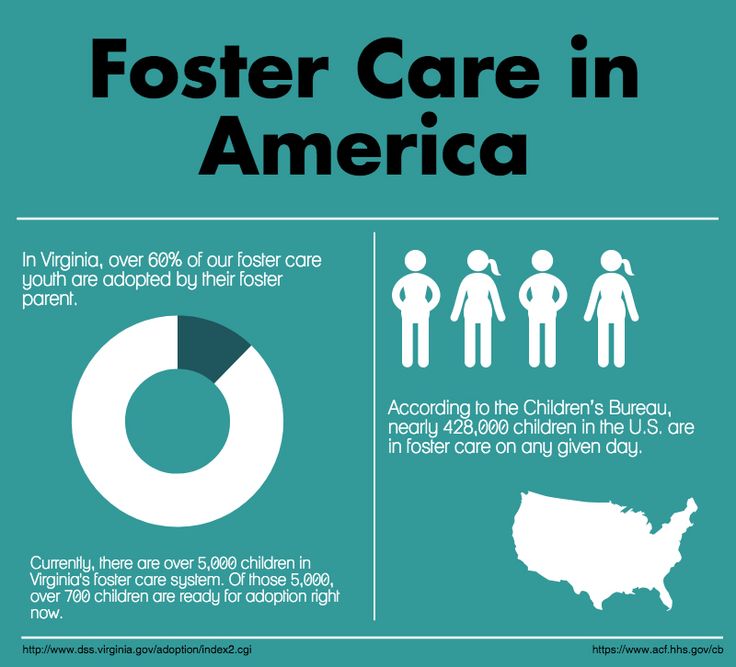 nine0003
nine0003
The referral is valid for 10 days, during this time, future parents can see the child one or more times, talk with his caregivers, pediatrician, psychologist. A conversation with the institution's specialists takes place before meeting the child. If, after this conversation, the failed parents turn around and leave, the child will not be traumatized by failure.
The number of referrals issued is not limited by law, that is, the search continues until the future adopter finds "his" child. A child who is ten years old will also have to express his opinion: agree in writing to a family placement or refuse it. nine0003
Art. 132 SK RF
At the end of the ten-day period, the candidate for adoptive parents will have to write on the referral one of the words that can radically change their future life: “I refuse” or “I agree”. If it was possible to find contact with the child and the consent in the guardianship authorities was recorded, the next step is to file an application with the court.
Step 9
Apply for adoption to the courtThis is a rather formal process: you need to come to the court during office hours, submit the documents according to the list, get their list in your hands and wait for the notice of acceptance of the case for proceedings, appointment of the court date. You don't need to pay state duty. nine0003
sign. 14 p.1 art. 333.36 TC RF
By law, the period for consideration of an application should not exceed two months from the date of its acceptance in the office. But the judges, as a rule, schedule a hearing for the next possible day.
How is the court session. Adoption cases are handled in a special manner. The adoptive parent, the representative of guardianship, the prosecutor and the child, if he is over 14 years old, must necessarily participate in the process.
/prava/prava-deti/
Rights of children under 18 years of age
Usually, a court decision enters into force 10 days after it is issued: only from this time do mutual rights and obligations arise between the adoptive parent and the child.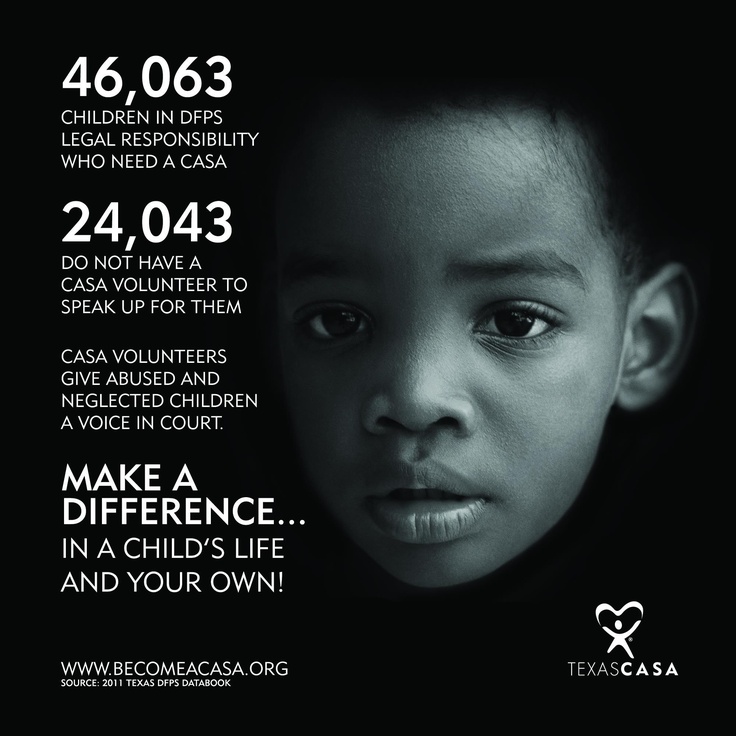 If there are special circumstances and there are no objections on the merits of the case from all the participants, the judge may decide on the immediate execution of the decision: for example, if something threatens the life and health of the child and he needs urgent hospitalization.
If there are special circumstances and there are no objections on the merits of the case from all the participants, the judge may decide on the immediate execution of the decision: for example, if something threatens the life and health of the child and he needs urgent hospitalization.
An adopted baby can be taken home immediately after a positive adoption decision has been made by the court. At the same time, the maternity hospital must issue a postpartum sick leave from the date the decision enters into force when the baby reaches the age of 70 days, and when adopting two or more children - 110 days. A sick leave is needed to apply for maternity leave at the work of one of the adoptive parents. nine0003
Art. 157 of the Labor Code of the Russian Federation
Step 10
Obtain an adoption registration certificateTo do this, you need to contact the registry office: they will issue an adoption certificate and a new birth certificate of the child.
ch. V Federal Law on acts of civil status
V Federal Law on acts of civil status
The child is registered at the place of residence of the adoptive parents.
When can an adoption be canceled and parental rights deprive
Most often, cancellation occurs due to the guilty behavior of the adoptive parents. For example, if they shirk parental responsibilities, abuse their rights, abuse a child, abuse alcohol or take drugs. nine0003
A claim for the annulment of an adoption may be filed by the adoptive parents themselves, the guardianship and guardianship authorities, the prosecutor and the child if he has reached the age of 14.
Art. 142 SK RF
However, the court has the right to cancel the adoption even if there are no violations on the part of the parents.
Such cases include the identification of hereditary developmental abnormalities in a child that make it difficult or impossible to bring up. As a rule, when receiving an expert medical opinion on an adoptee, the future adopter confirms in writing his consent to familiarize himself with the diagnosis of the child and the history of the mother.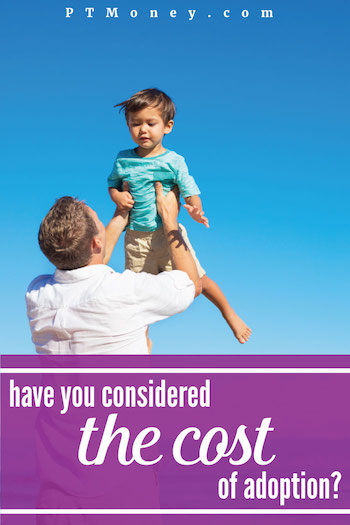 If the violation was not listed in the document and appeared later, or the adopter for some reason was not notified under the signature about the presence of a pathology in the child, the adoption may be canceled. nine0003
If the violation was not listed in the document and appeared later, or the adopter for some reason was not notified under the signature about the presence of a pathology in the child, the adoption may be canceled. nine0003
/guide/lishenie-parent/
Why they can deprive of parental rights
But in practice, I came across the fact that foster parents became attached to children and even when a serious illness was detected, they left them in the family.
Adoption in brief
- Before adopting a child, you need to analyze your motives, weigh the pros and cons.
- When visiting guardianship authorities and other authorities, be sure to ask and write down the last name, first name, patronymic of the specialist, as well as his position. You are required to provide this information. This way you will show that you are competent in matters of communication with officials and are able to appeal against illegal actions.
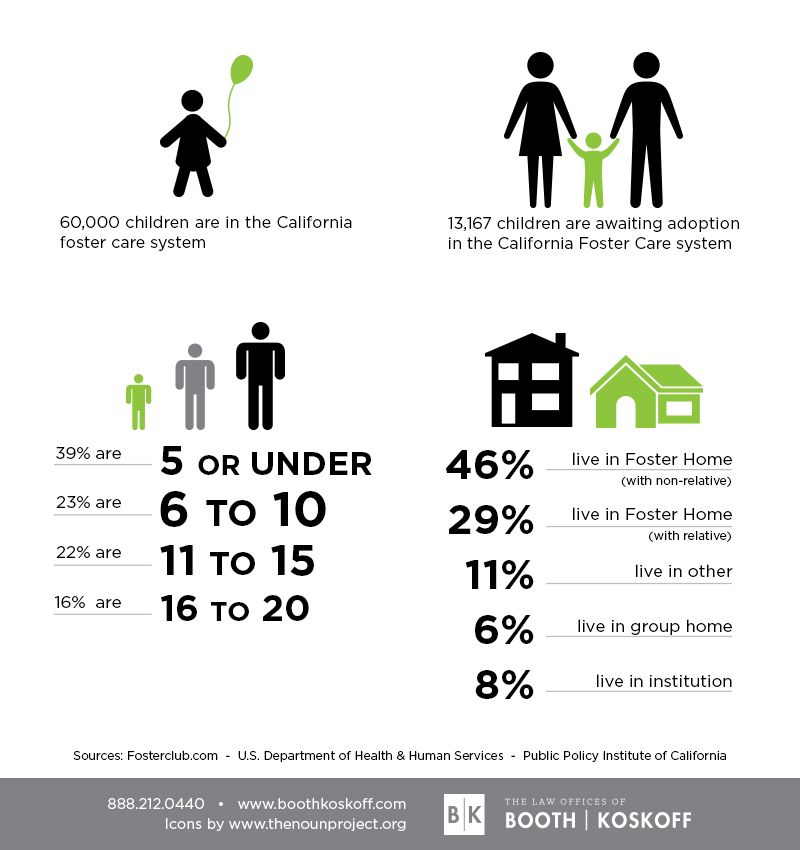 In the future, this may be useful for contacting higher and regulatory authorities. nine0120
In the future, this may be useful for contacting higher and regulatory authorities. nine0120 - Submission of applications, medical examinations of adoptive parents and children, obtaining all certificates - all this is free of charge for future adoptive parents. The court fee is also not charged.
- You can study at any school for foster parents, regardless of the place of registration.
- A child can be adopted not only by a married couple, but also by unmarried persons. The main thing is that they comply with the requirements established by law.
- The conclusion on the possibility of being a candidate for adoptive parents is valid for two years. nine0120
How to start the adoption process
Adoption is a lengthy procedure. It will take not only time, but also patience. And yet, the adoption of a child does not begin with a pile of necessary documents, or a trip to an orphanage. Adoption begins with your decision to do so.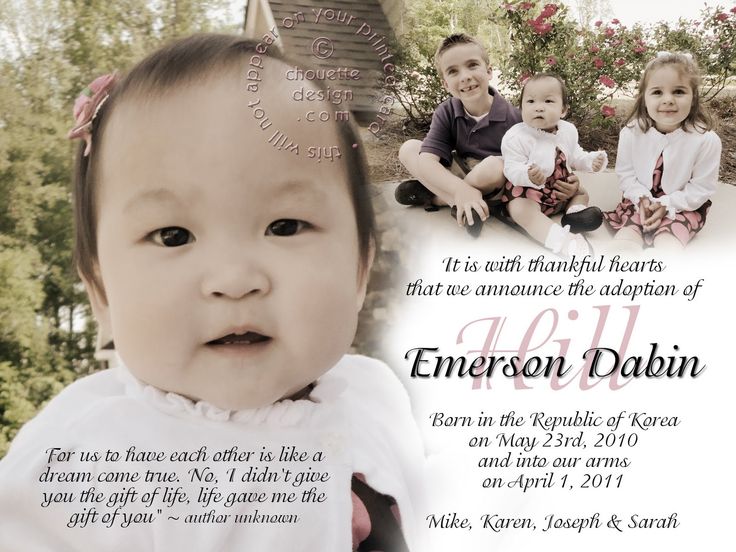
Mental attitude
No matter where and when you decide that you want to take on the responsibility of raising a foster child. Maybe you watched a program or public service announcement on TV. Maybe they followed the example of your friends, or dreamed about it since childhood. The important thing is that you think about it. Do not hurry. Consider the situation. Do not rush to run to the orphanage and look for a child that you like. You have to make one of the most serious actions in your life. Ask yourself why are you doing this? The child should not be a tool for solving your personal problems. If you are lonely, or you have recently lost your own child and are trying to replace him with another, do not make hasty decisions. nine0003
You must understand that it is impossible to fence yourself off from the outside world. Discuss your idea with all the family and friends whose opinion matters to you. Prepare yourself and them for the possibility of many difficulties.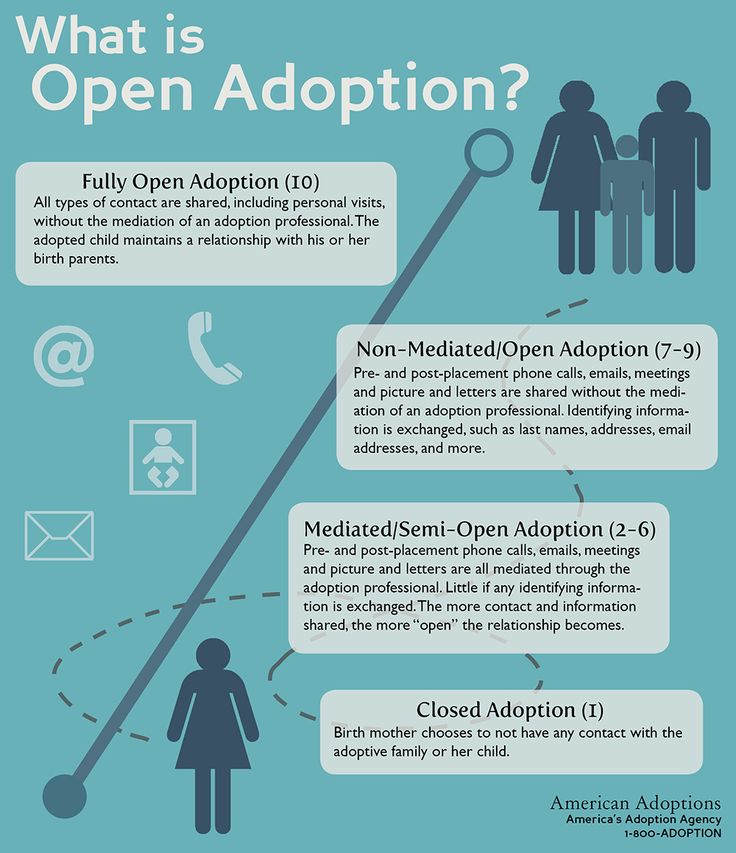 After all, a child may not be like you and your relatives, not only in appearance, but also in character. There may be health and educational problems. And you and your family will have to deal with them, and not someone else. Soberly assess your financial capabilities. Do you have enough money to provide a child with a decent life? Is there enough space in the apartment for a new family member to feel free? Live with the idea of adoption for a few months. If you are still firm in your decision, you should take the first step towards global changes in your life. nine0003
After all, a child may not be like you and your relatives, not only in appearance, but also in character. There may be health and educational problems. And you and your family will have to deal with them, and not someone else. Soberly assess your financial capabilities. Do you have enough money to provide a child with a decent life? Is there enough space in the apartment for a new family member to feel free? Live with the idea of adoption for a few months. If you are still firm in your decision, you should take the first step towards global changes in your life. nine0003
The first step towards adoption
First you need to decide how the relationship between you and the child will be legally fixed.
A child can be adopted. Adoption is when a child becomes your relative, with all the rights and responsibilities. Adoption can be issued for both one person and spouses. In Russia, the secrecy of adoption is provided, so, if necessary, you can hide this fact from others.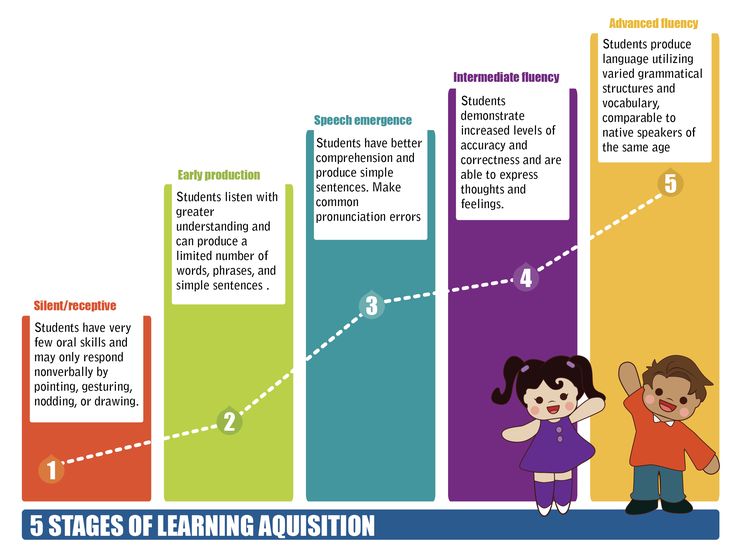
Custody and trusteeship is the adoption of a child into a home on the rights of a foster child for the purpose of his maintenance, upbringing and education, as well as for the protection of his rights and interests. Guardianship is established over children under 14 years of age, and guardianship is established over children from 14 to 18 years of age. The requirements for a guardian and trustee are softer than for an adoptive parent. Only one person can be a guardian. nine0003
There is also such a thing as a foster family. An agreement is concluded between the adoptive parents and the guardianship authorities. In fact, instead of an orphanage, the child is in the family. The rights and obligations that adoptive parents have are minimal.
And, finally, patronage. Patronage was invented as a tool for the socialization of the child, getting them the necessary experience of living in a family. There is already a tripartite agreement. Between the body of guardianship and guardianship, an institution for orphans and a foster caregiver.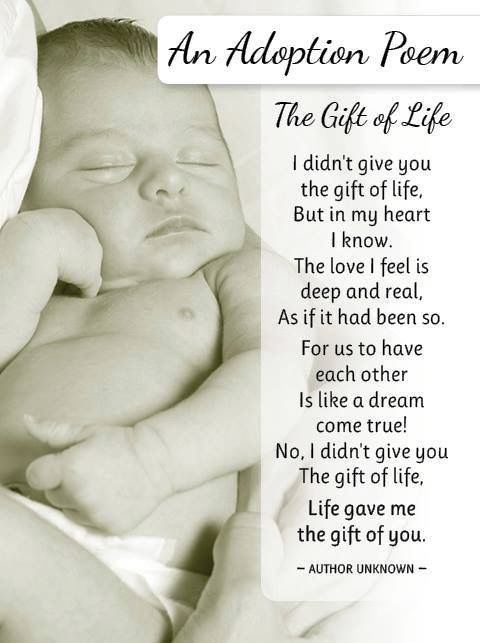 nine0003
nine0003
Try to figure out the pros and cons of each form of adoption before talking to child welfare professionals. The more information you have, the more important and necessary questions you can ask professionals.
When this preparatory work is done, find the telephone number of the local guardianship and guardianship authorities and sign up for a consultation.
Documents required for any form of adoption
The guardianship and trusteeship authorities at the place of residence will ask you to write an application for a conclusion on the possibility of being adoptive parents. You must attach to this application:
- short CV;
- a certificate from the place of work indicating the position and salary or a copy of the declaration of income;
- a document confirming the availability of housing;
- certificate of the internal affairs bodies on the absence of a criminal record for an intentional crime against the life or health of citizens;
- medical report of a state or municipal medical institution on the state of health of a person wishing to adopt a child, issued in the manner established by the Ministry of Health and Social Development of the Russian Federation; nine0120
- a copy of the marriage certificate.
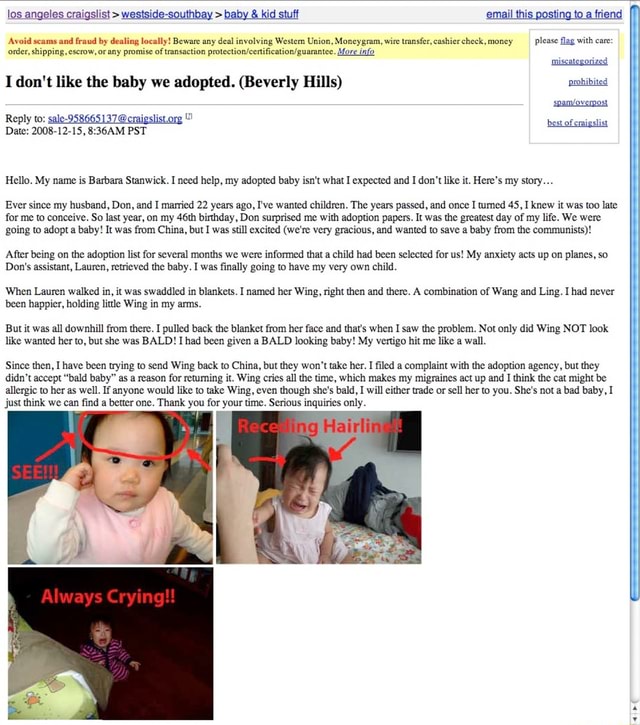
Take your original passports with you and pay attention to the validity period of the attached documents. For example, a medical opinion is valid for only 3 months.
The final stage of collecting documents
After checking all the documents, employees of the social protection authorities will come to your home to assess your living conditions. With a positive outcome of the case, you will be issued an official conclusion on the possibility of being an adoptive parent. This procedure takes 15-20 days. nine0003
When you and social services are in no doubt that you can accept a child into your family, you can look for him. Before you go to one or another orphanage offered to you by a consultant from the guardianship authorities, you need to call there, warn about the visit. Do not forget that you are obliged to personally familiarize yourself with the documents of the child whom you would like to take into the family, including the medical report on the state of his health.